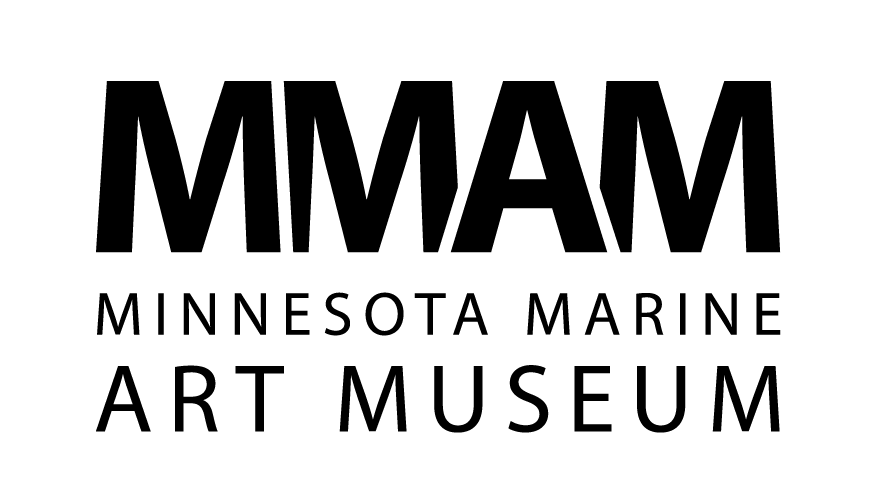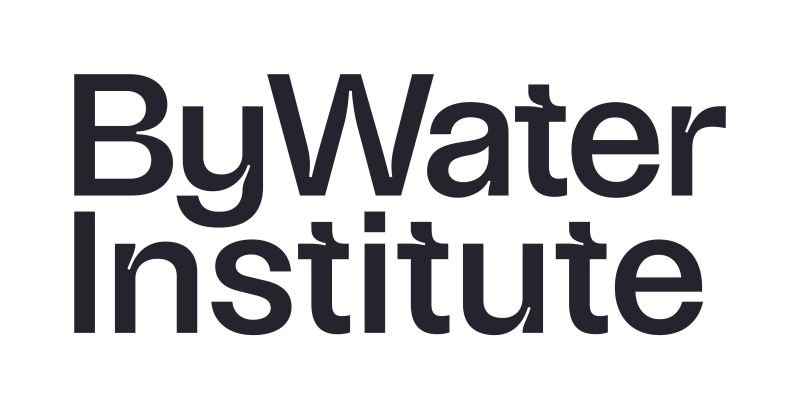Shana M. griffin (United States, b. 1974)
The Violent Formation and Fungibility of Blackness, from the Cartographies of Violence Series, 2020
Acrylic and paper on wood
24 × 48 in. (60.96 × 121.92 cm)
Courtesy of the artist
New Orleans, LA | Friday, December 6 | 10a - 3:30p
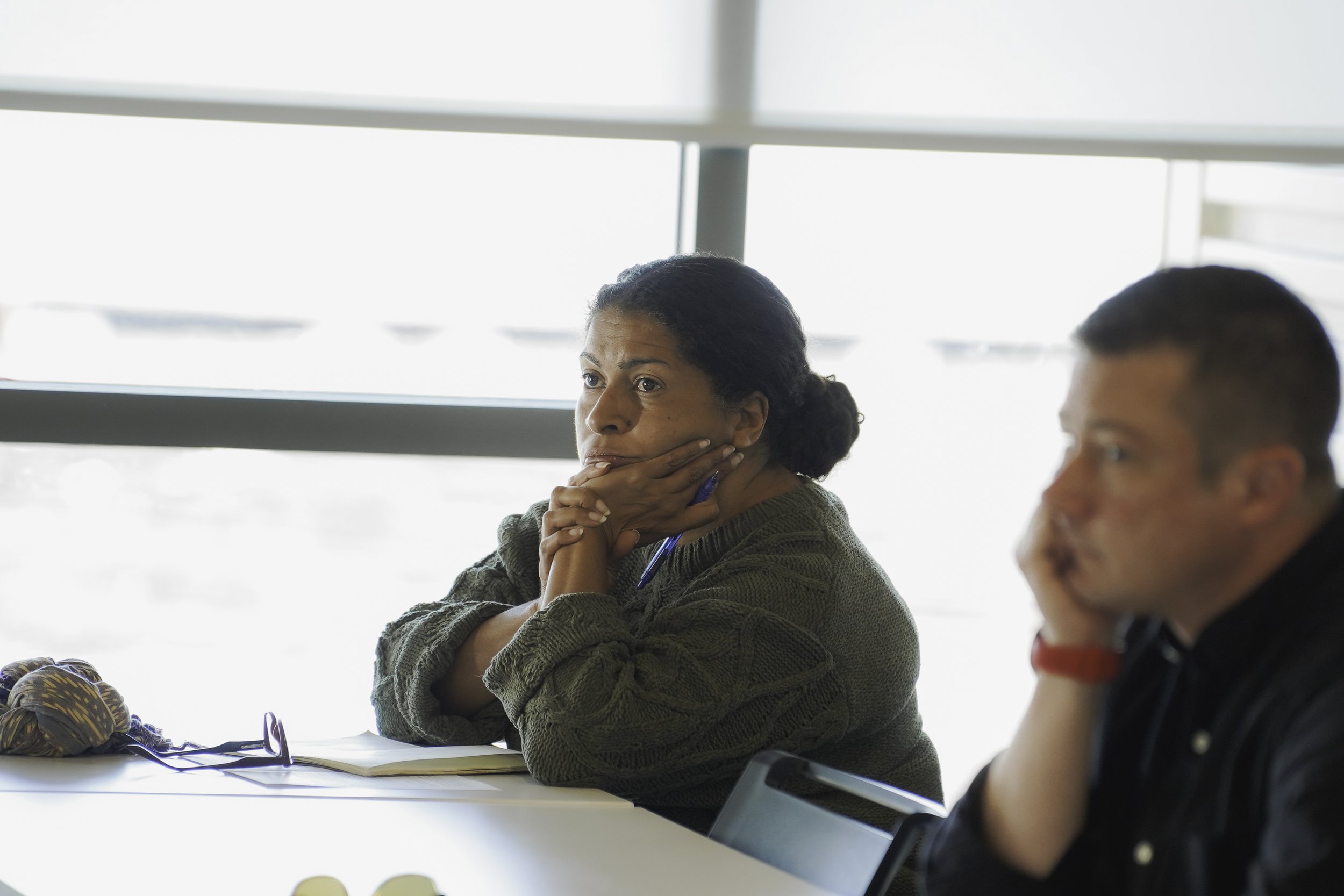

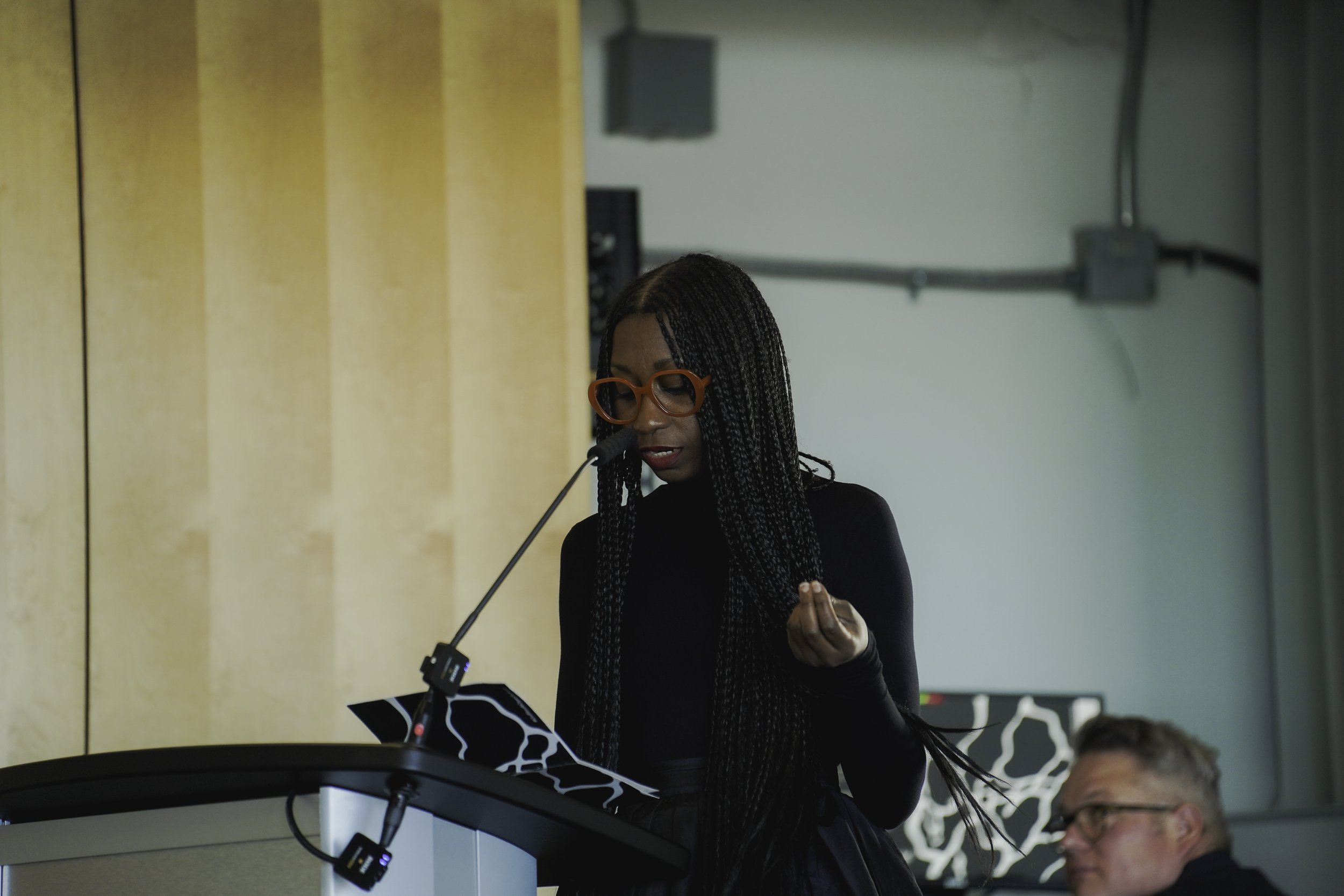


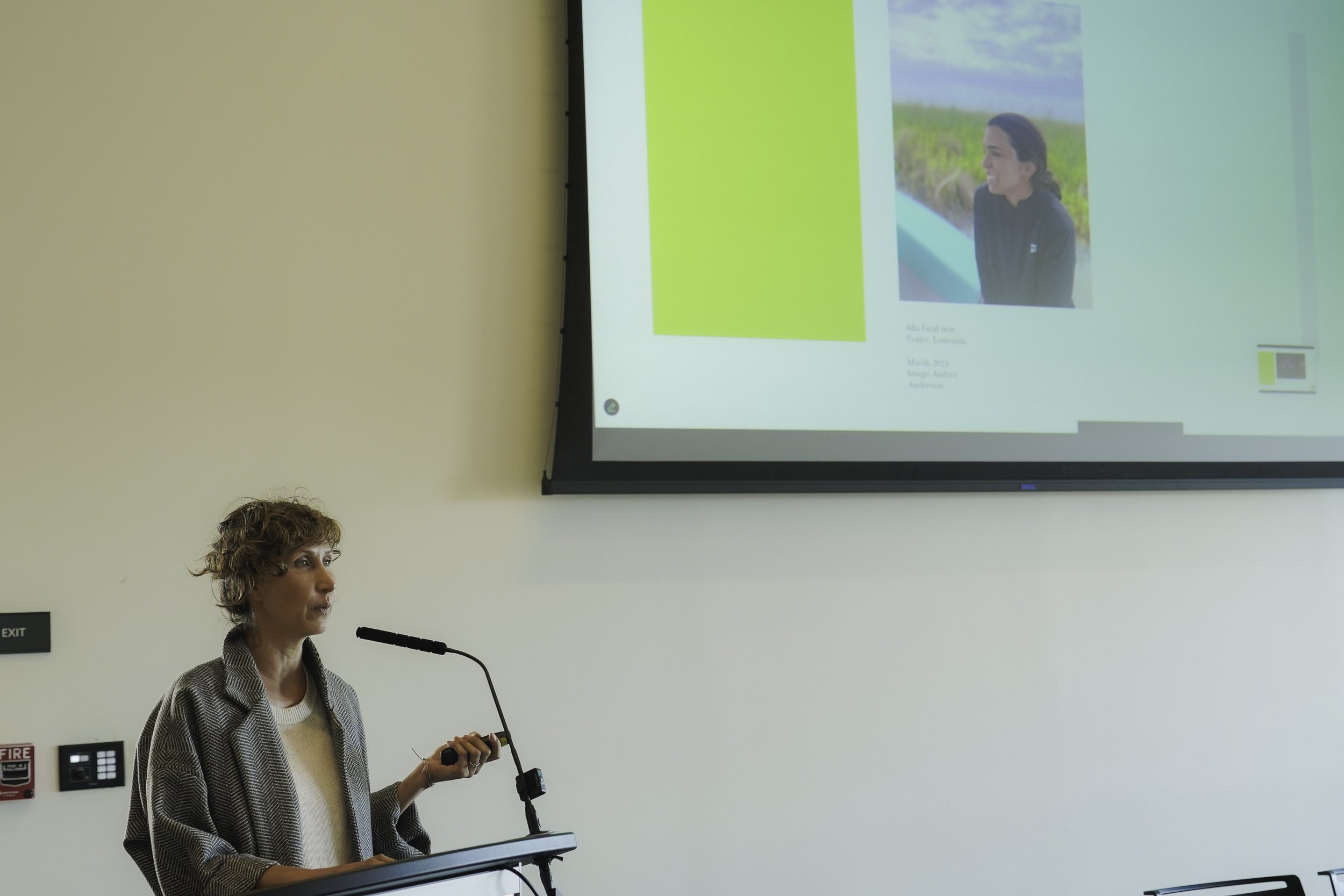



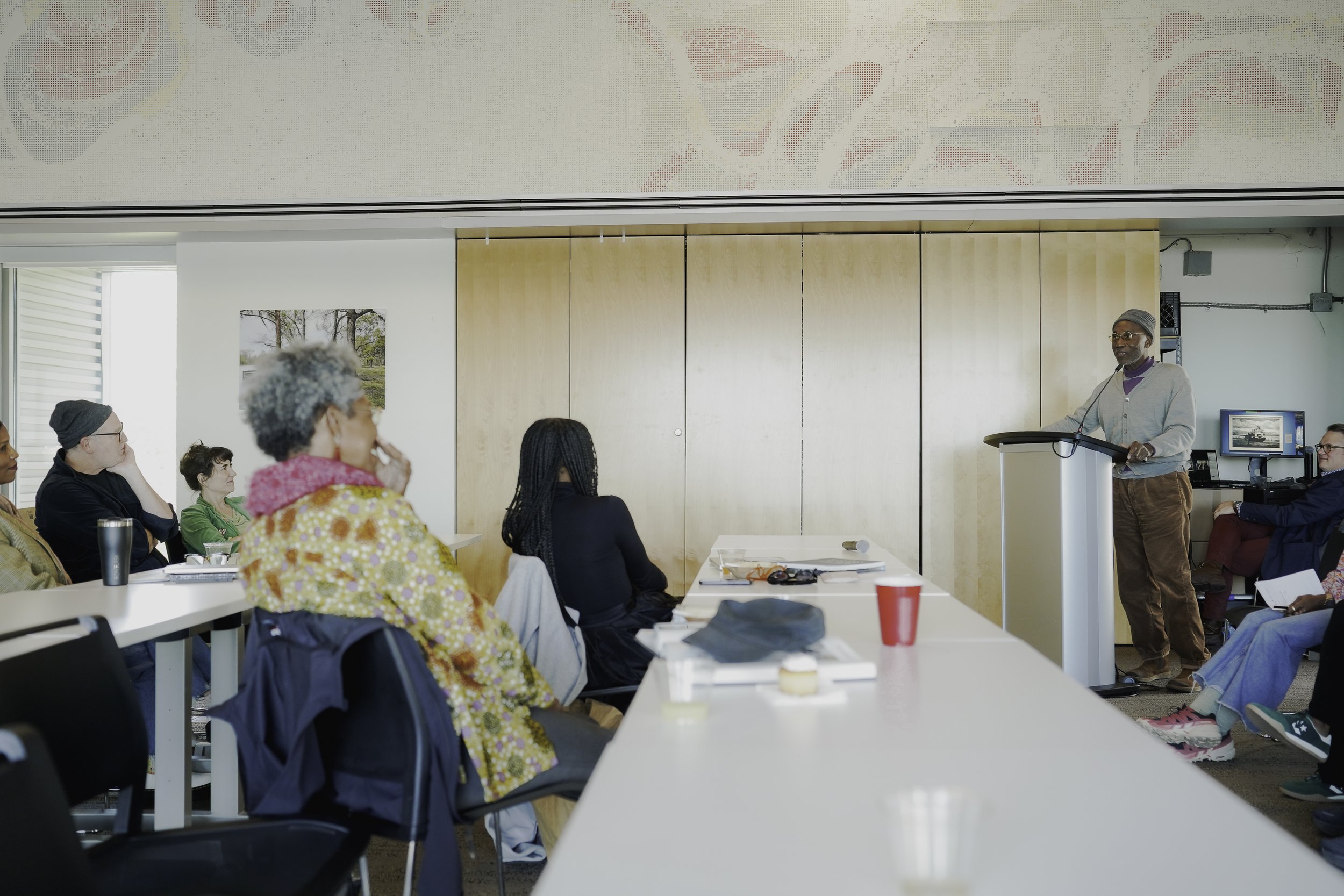





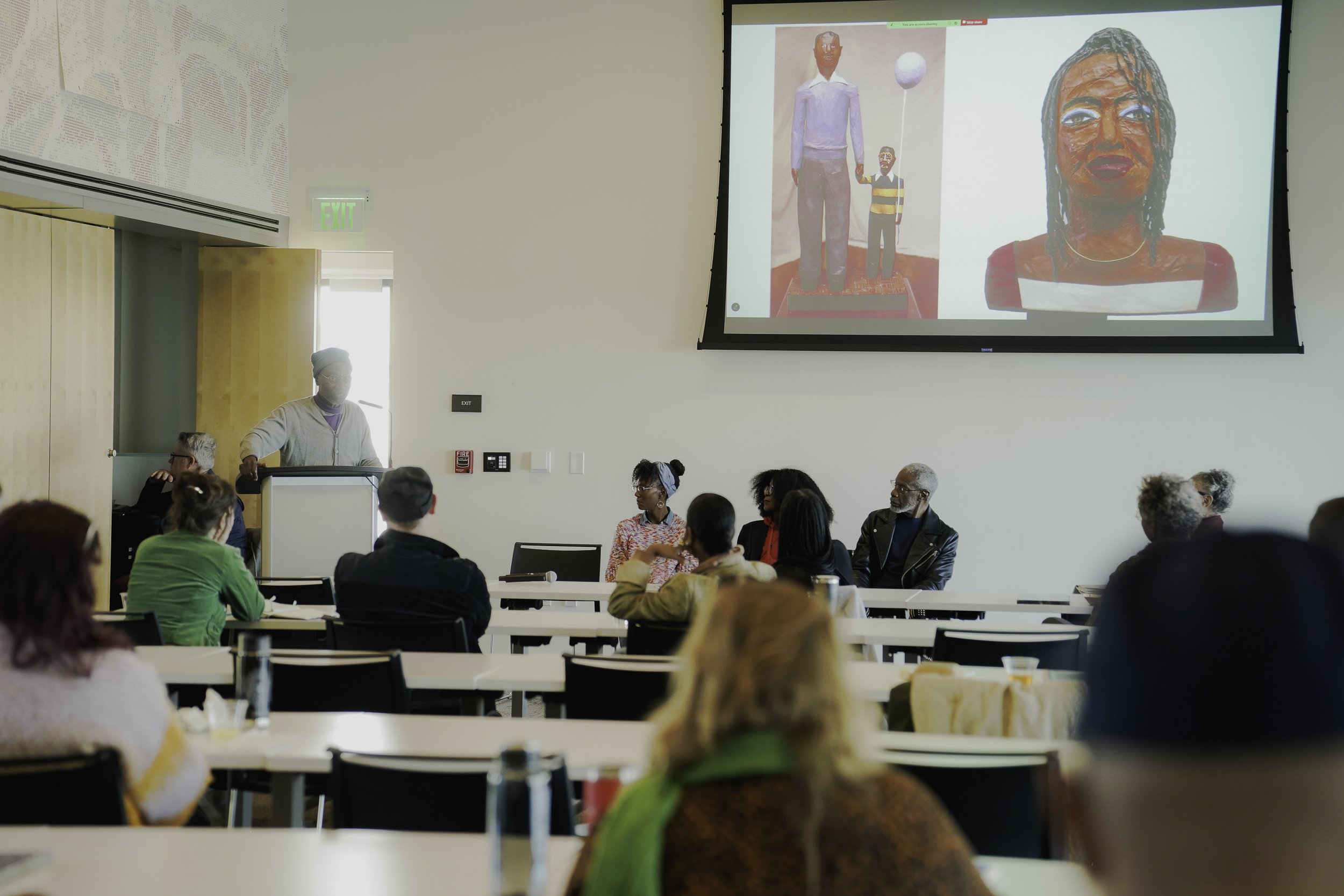



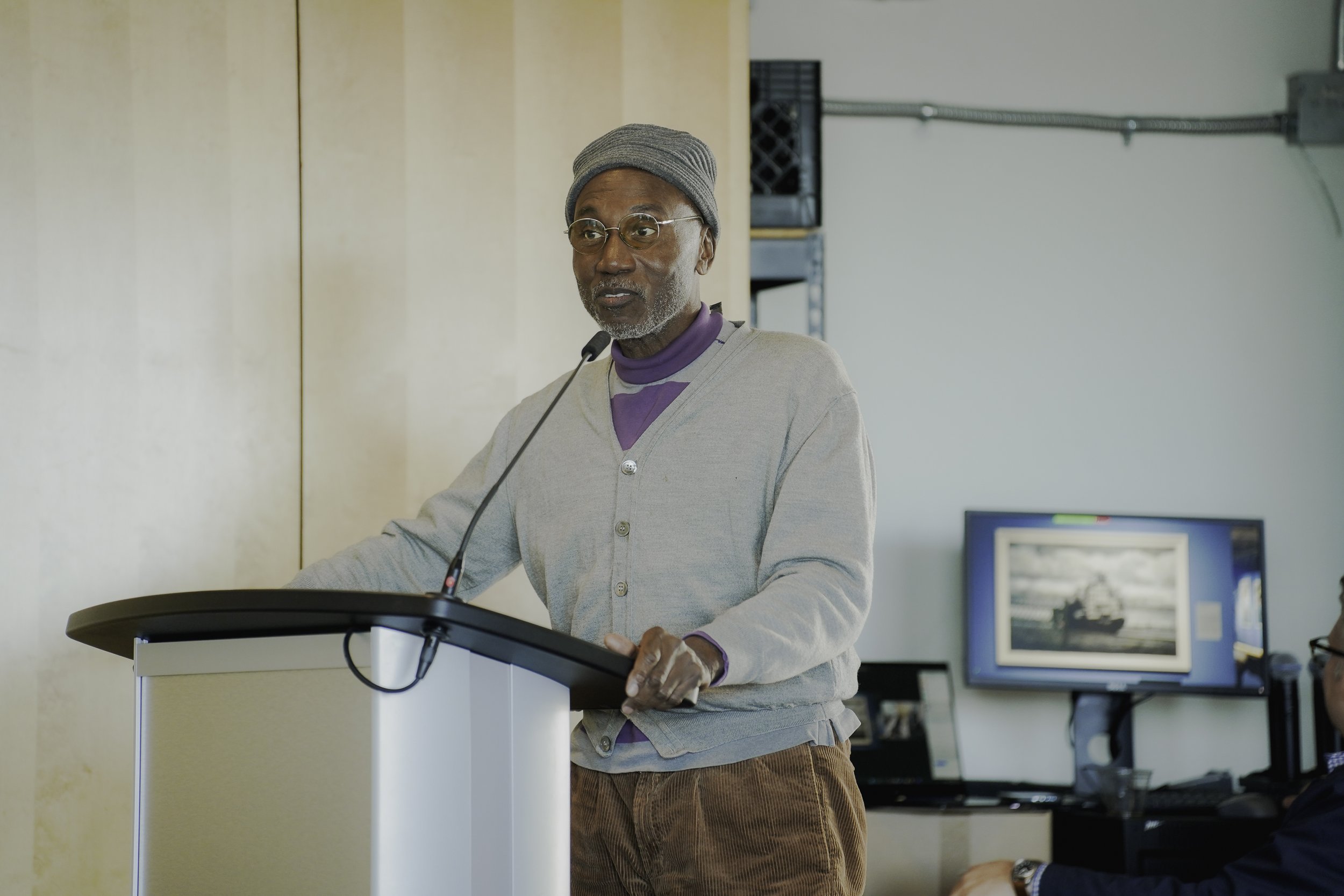




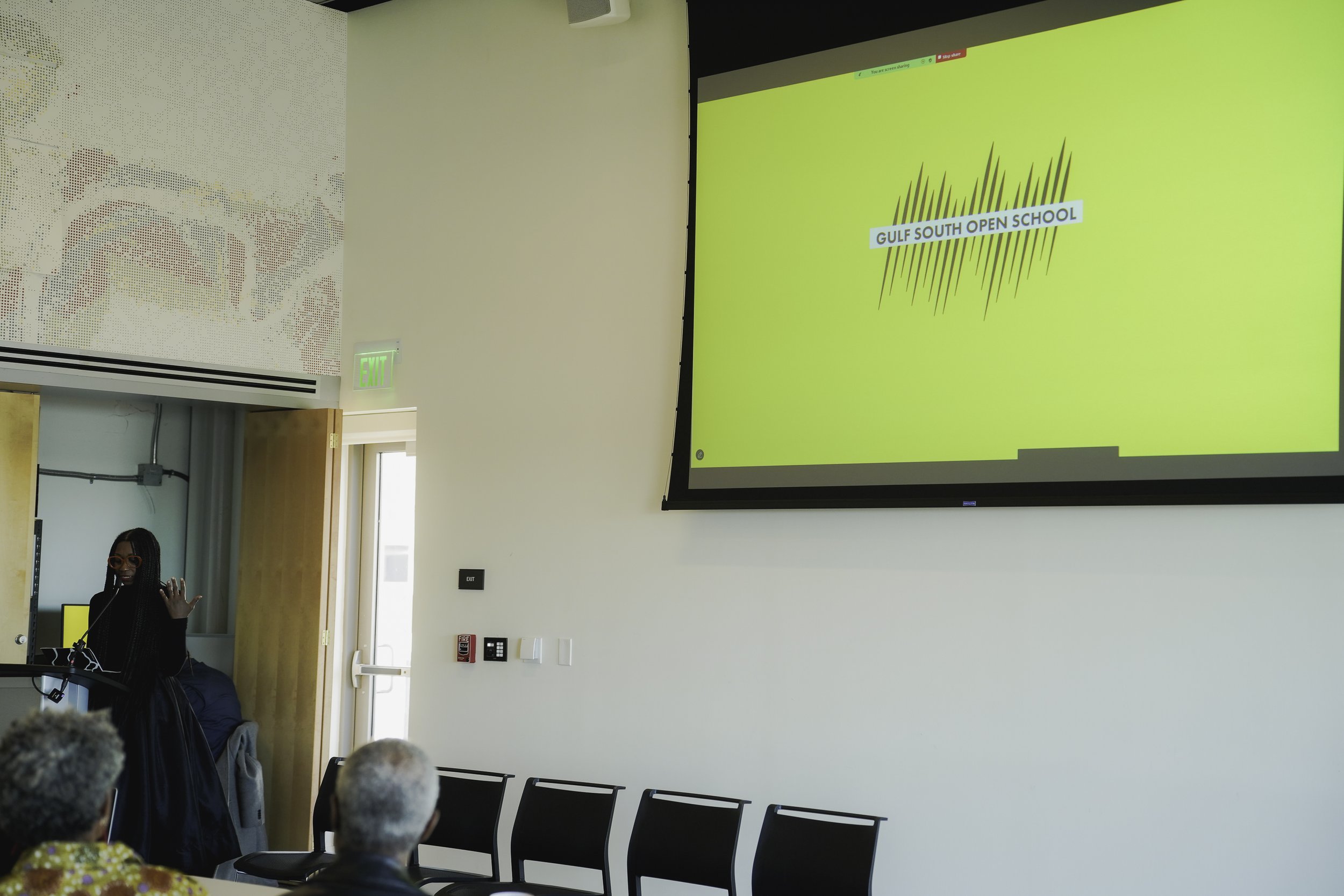
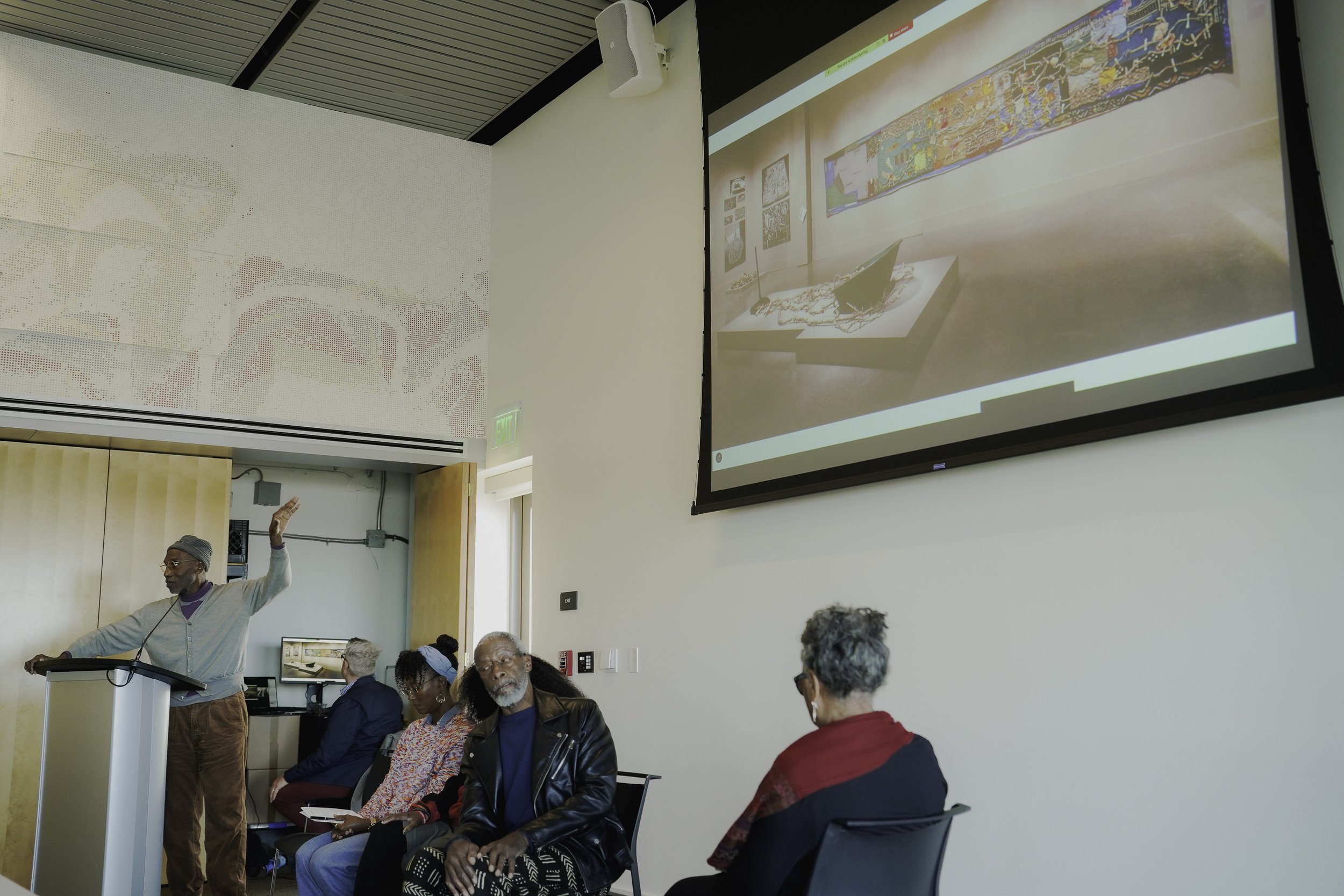





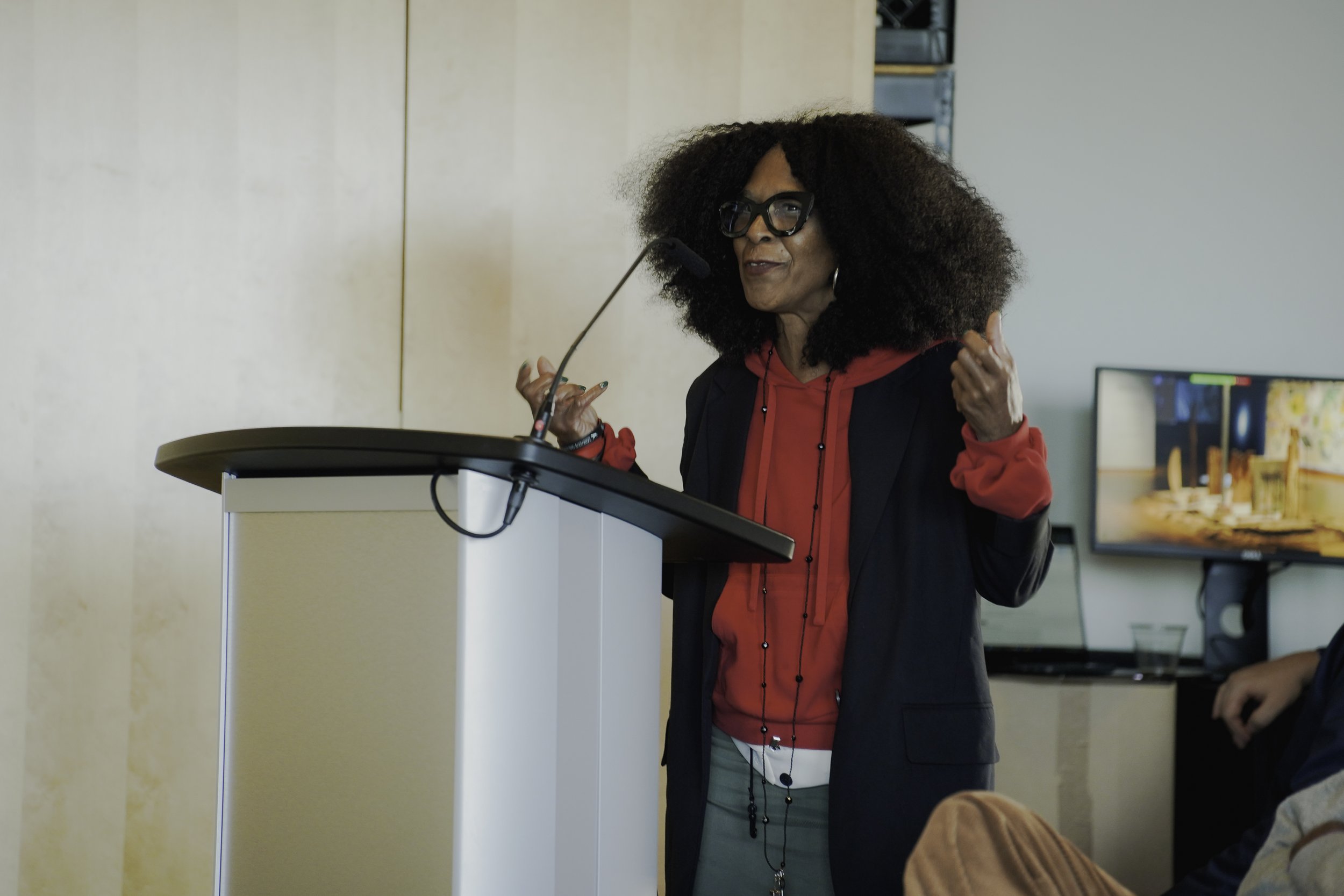






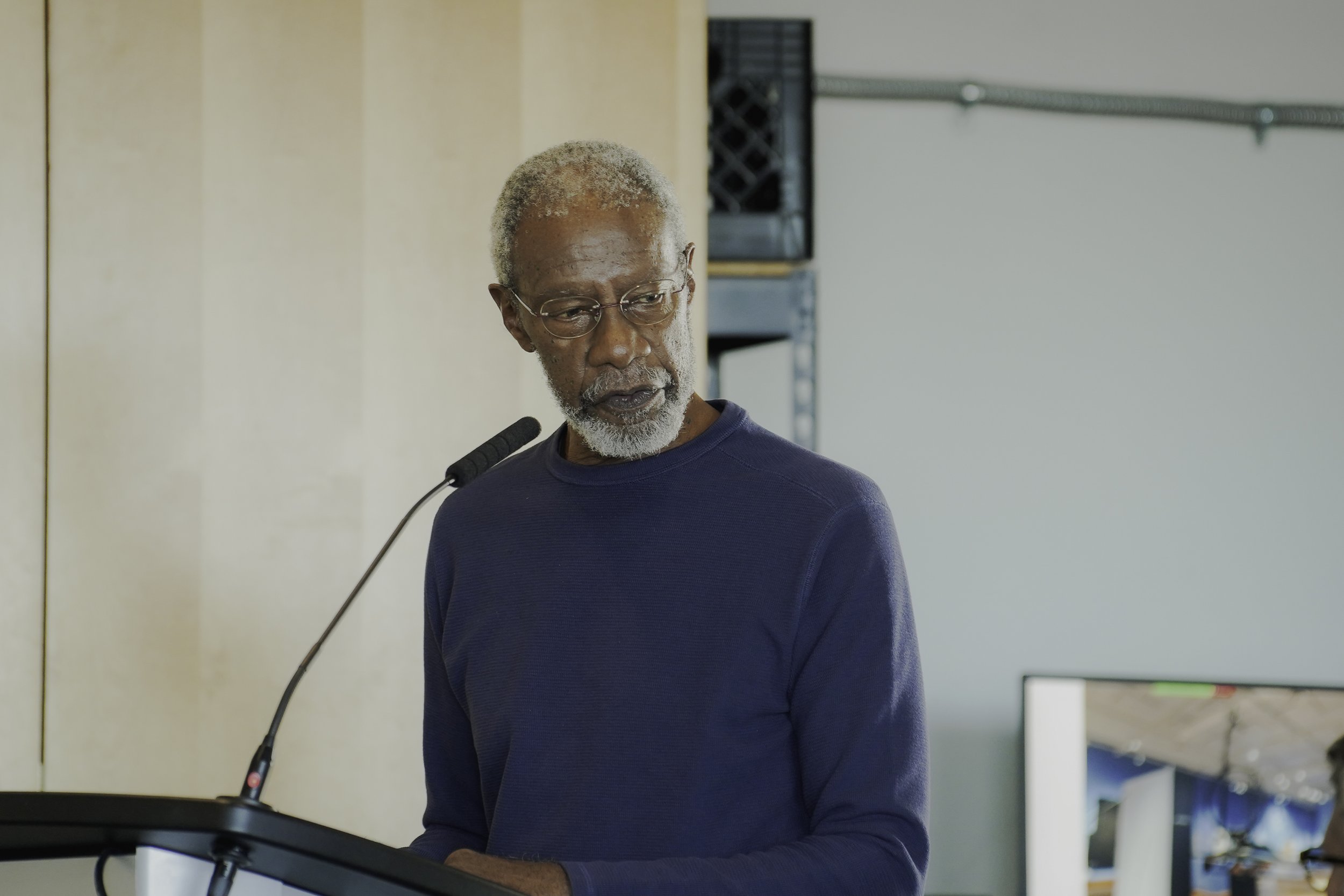


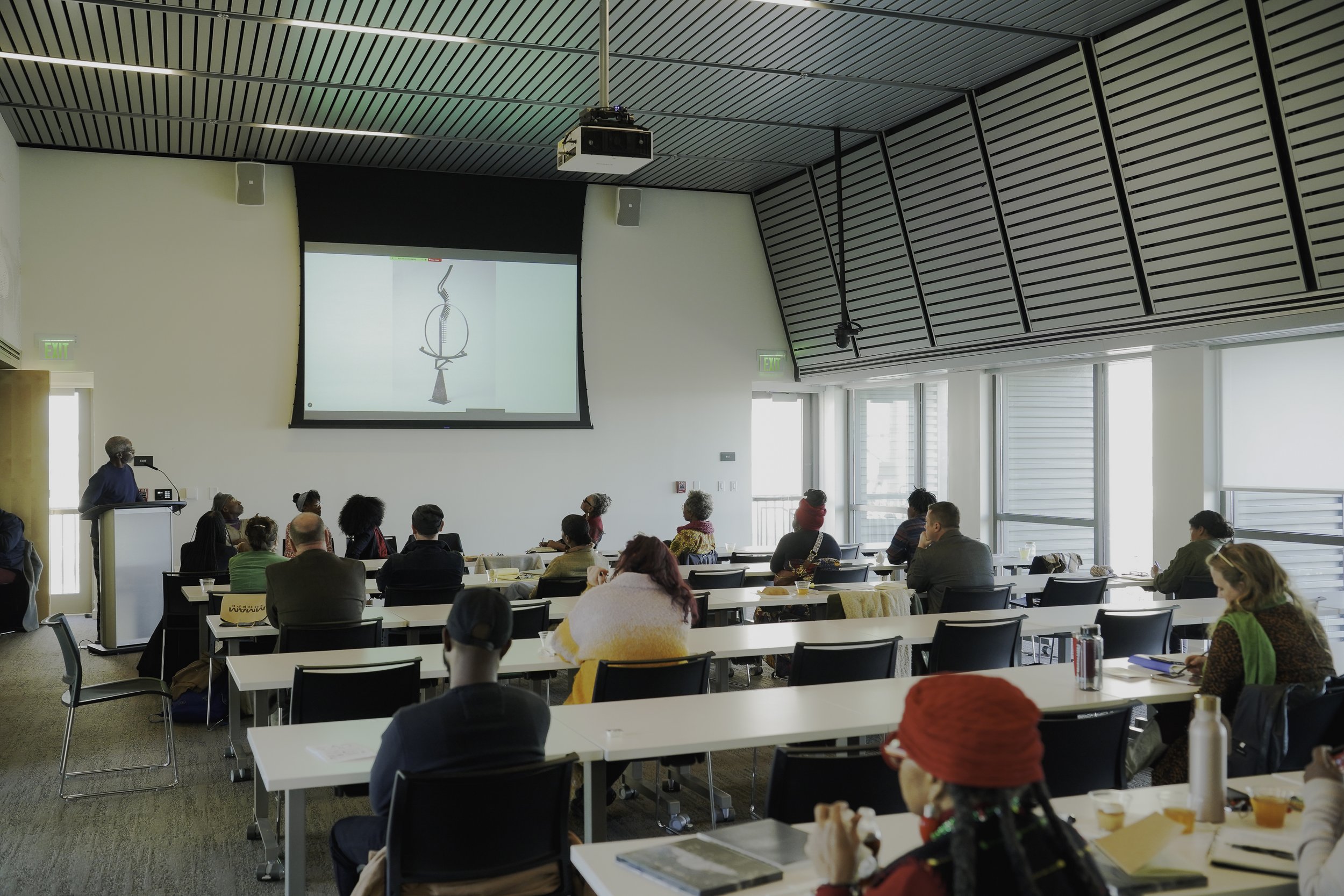


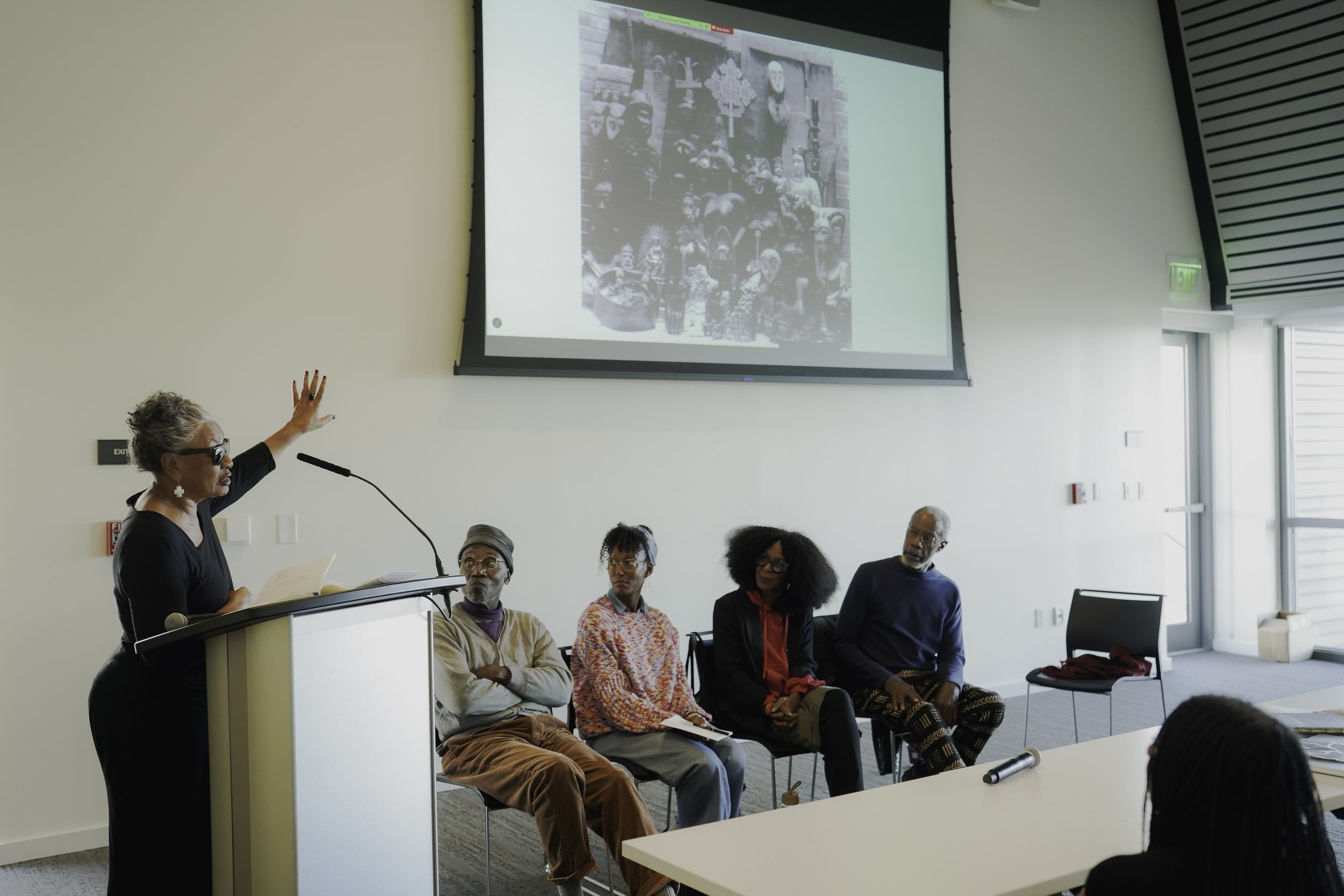














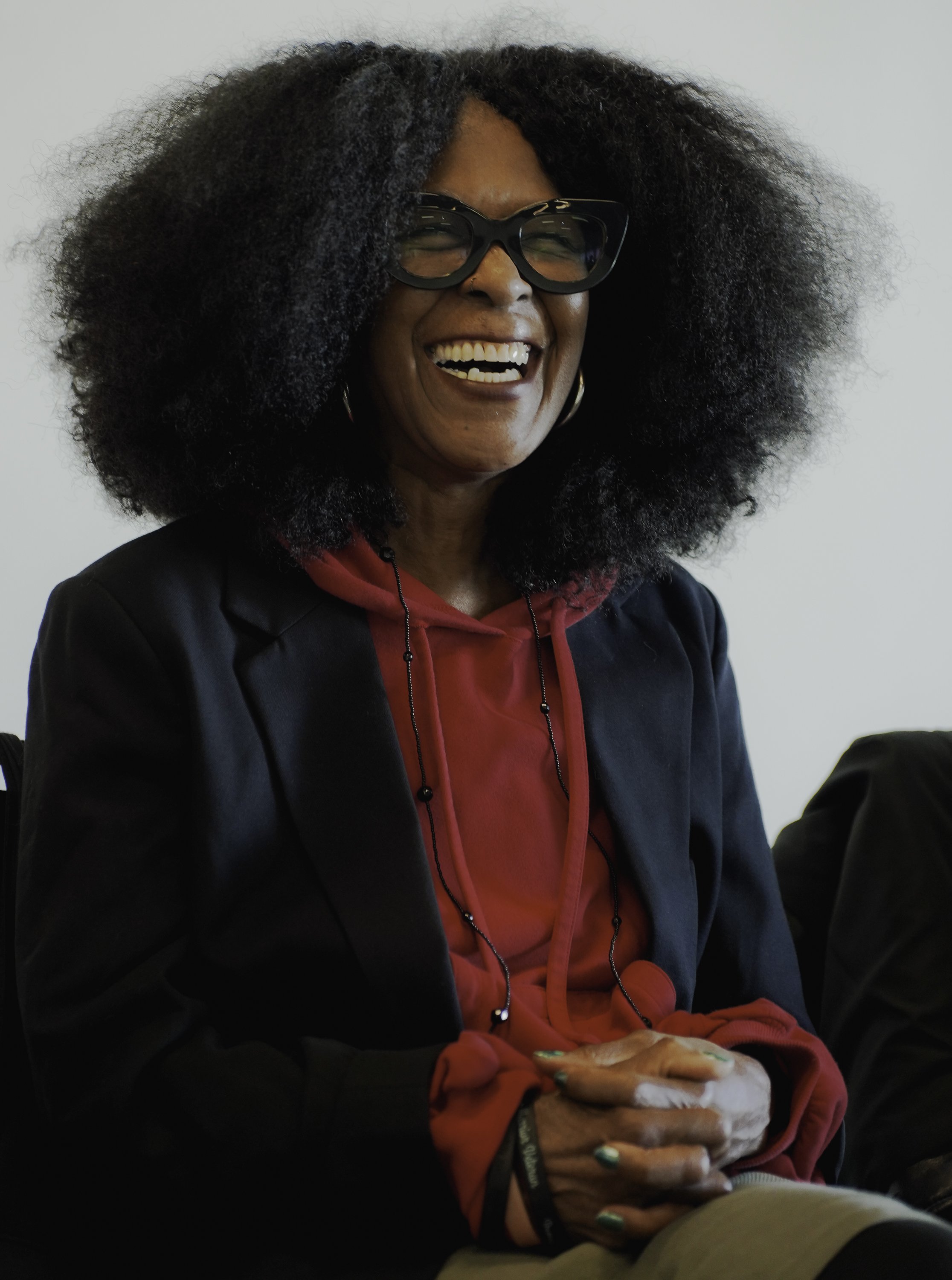

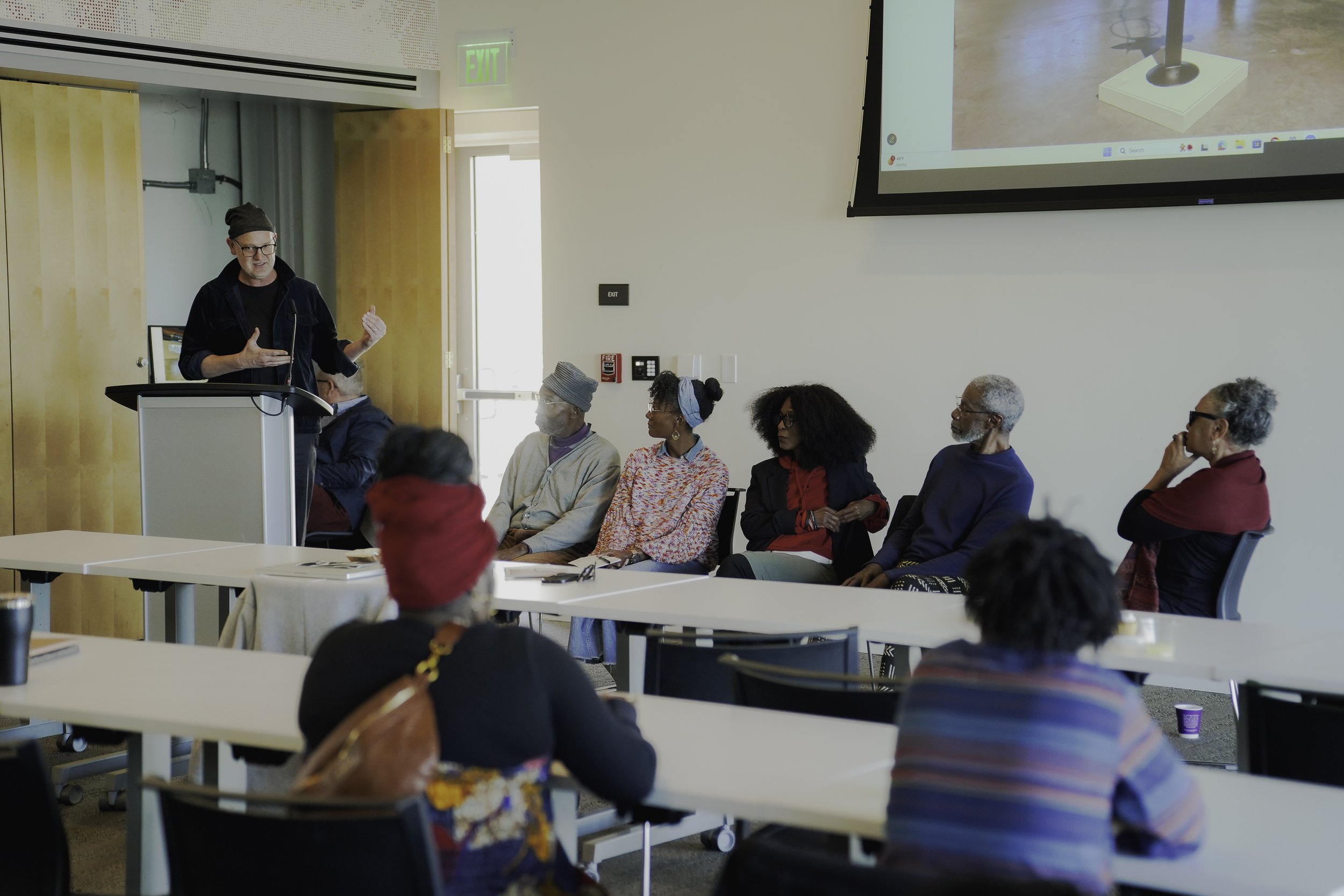
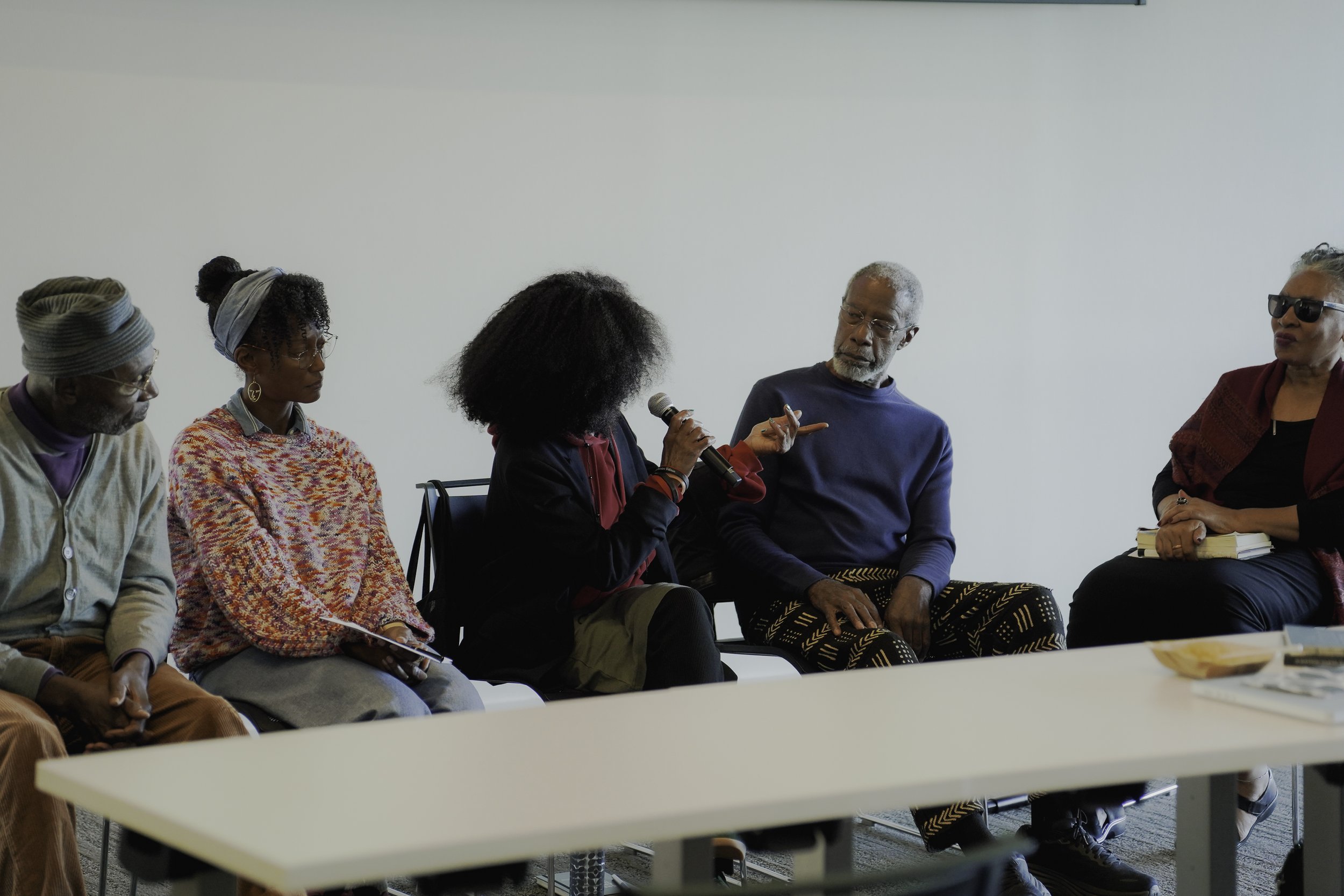
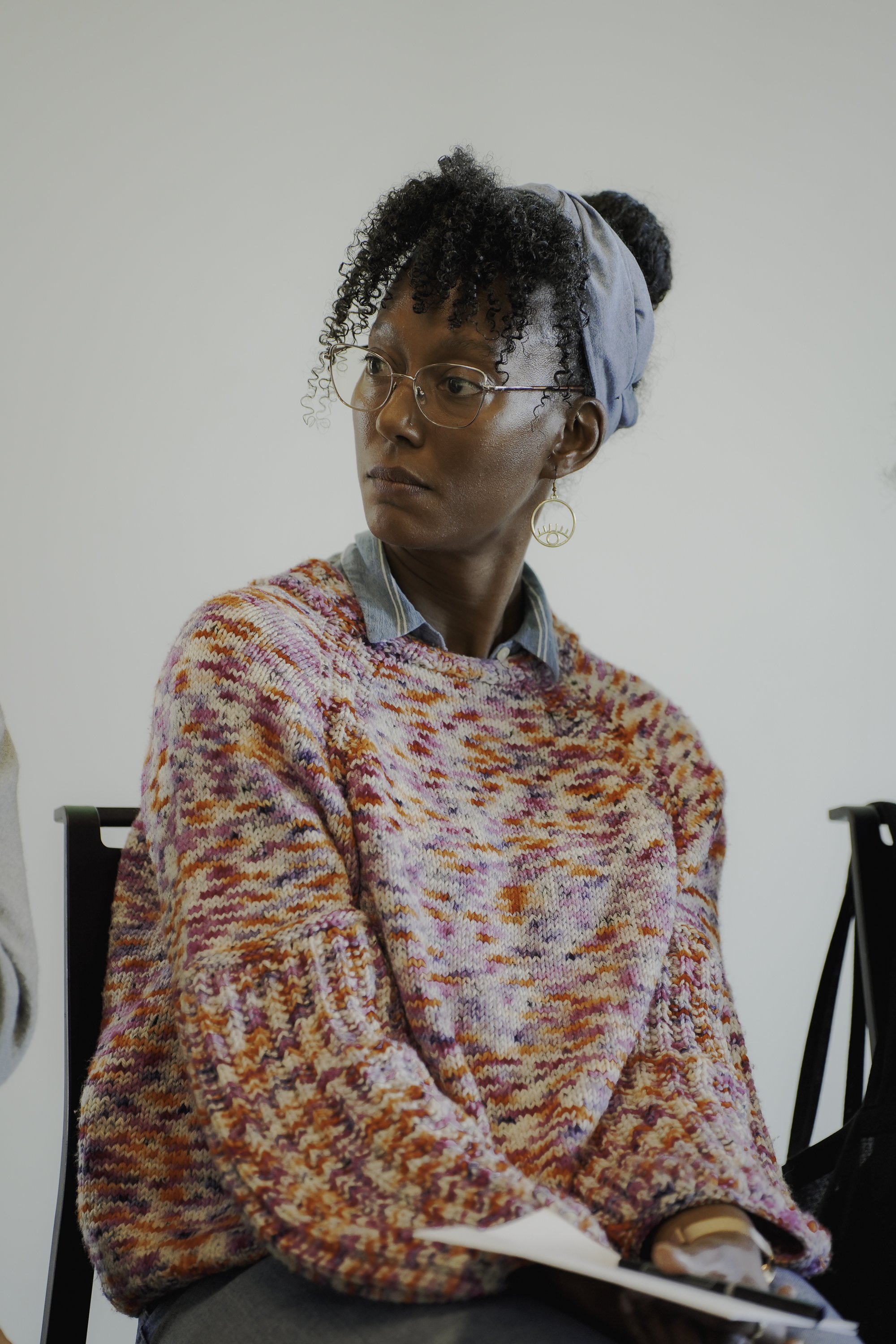





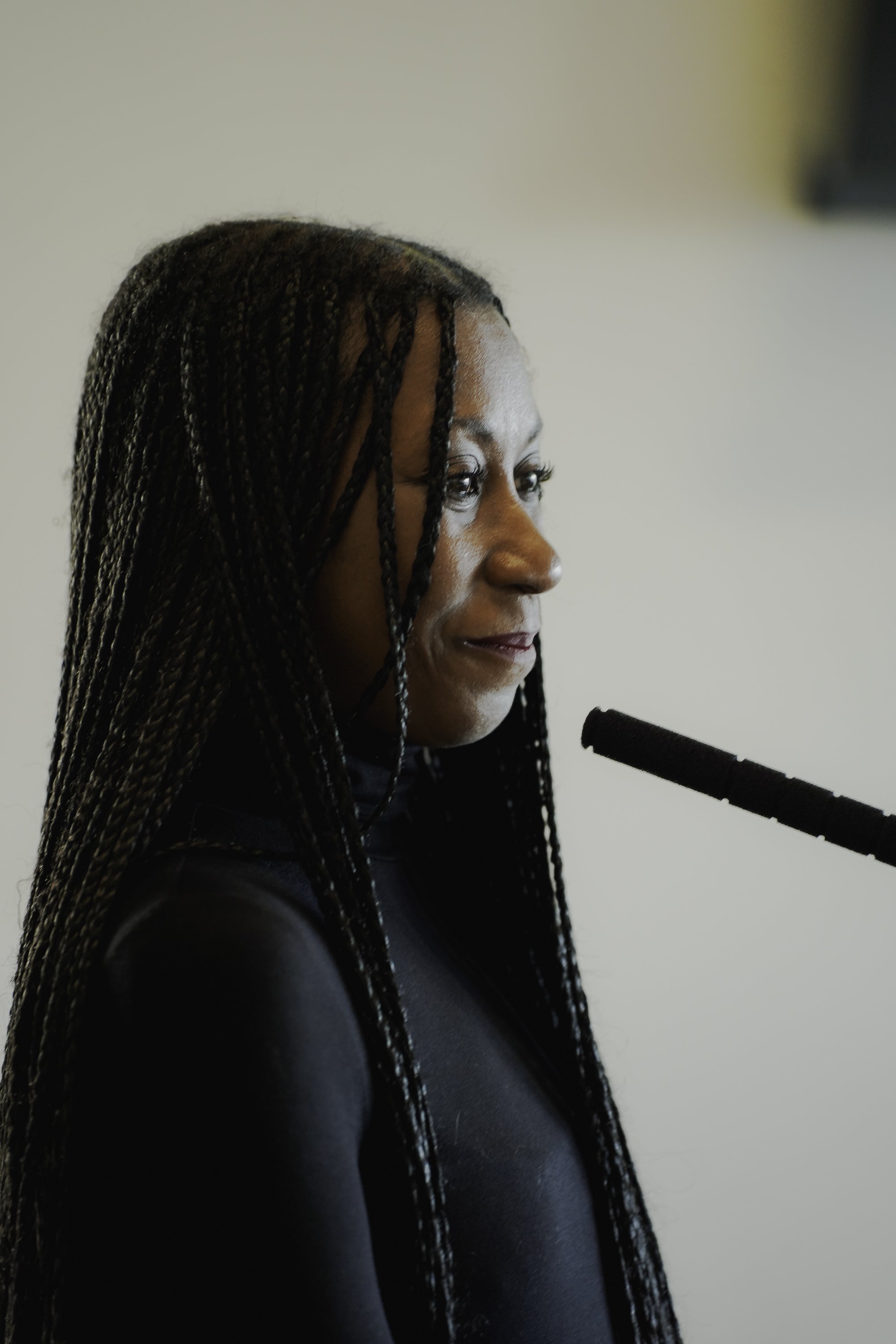




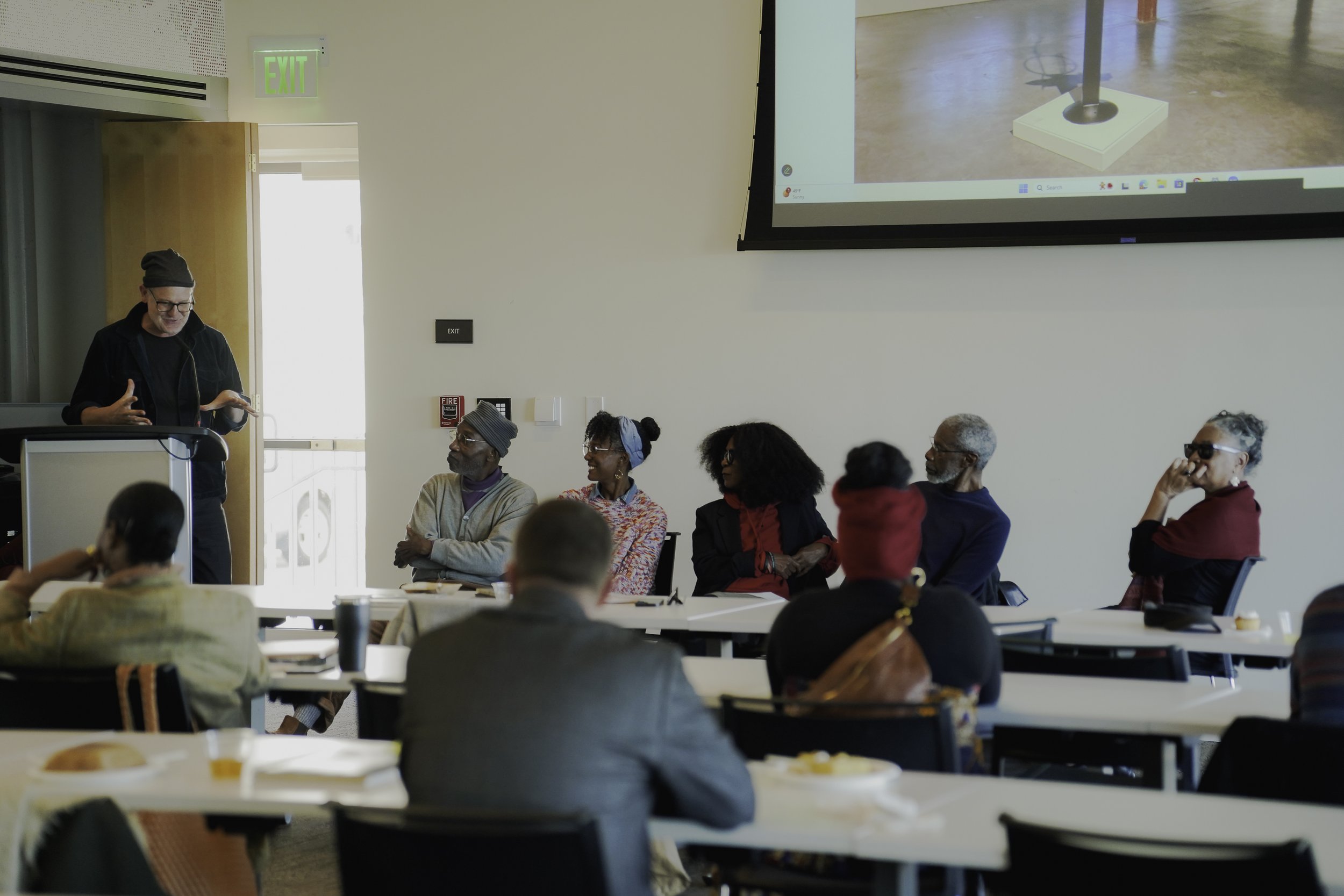














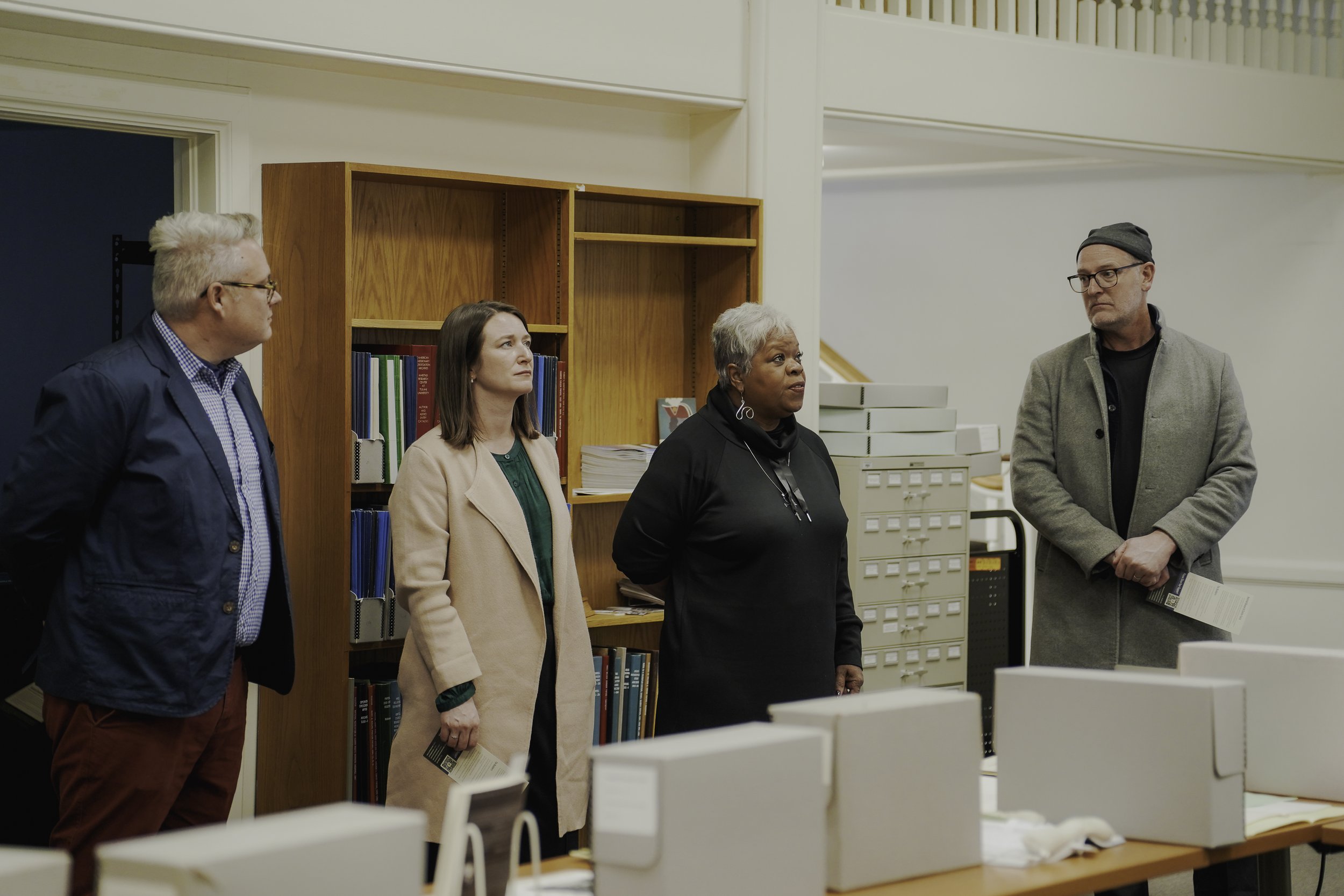










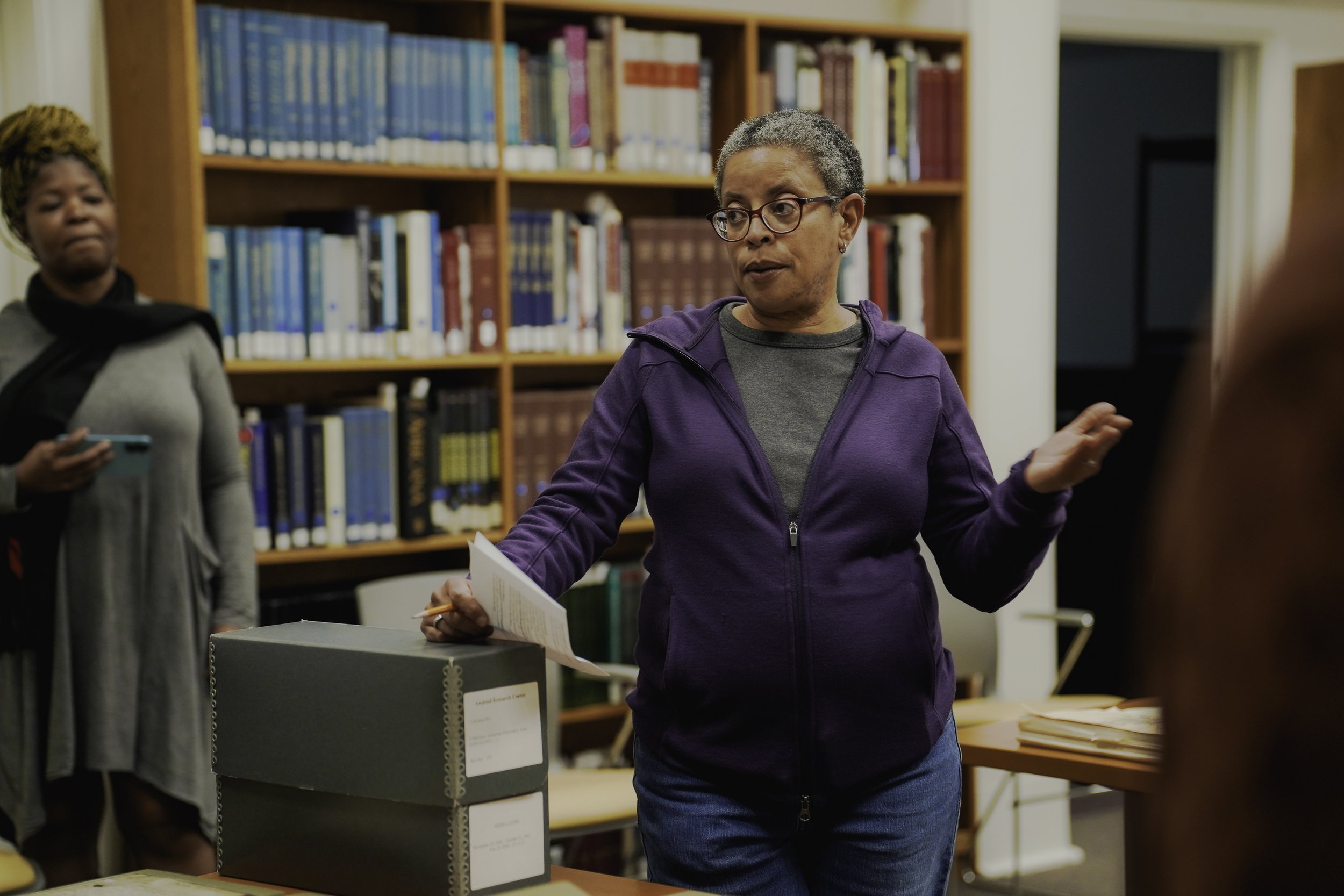

















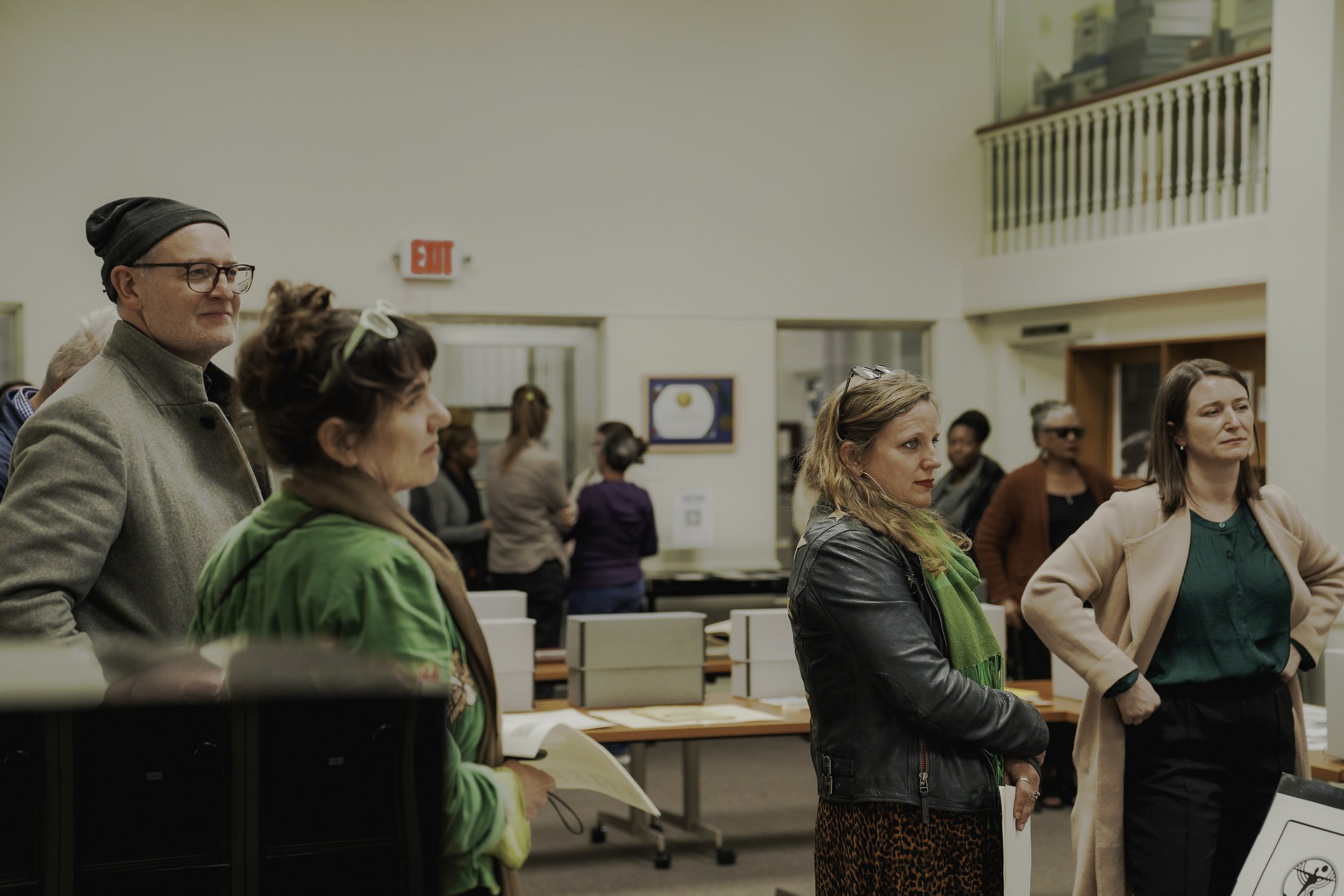
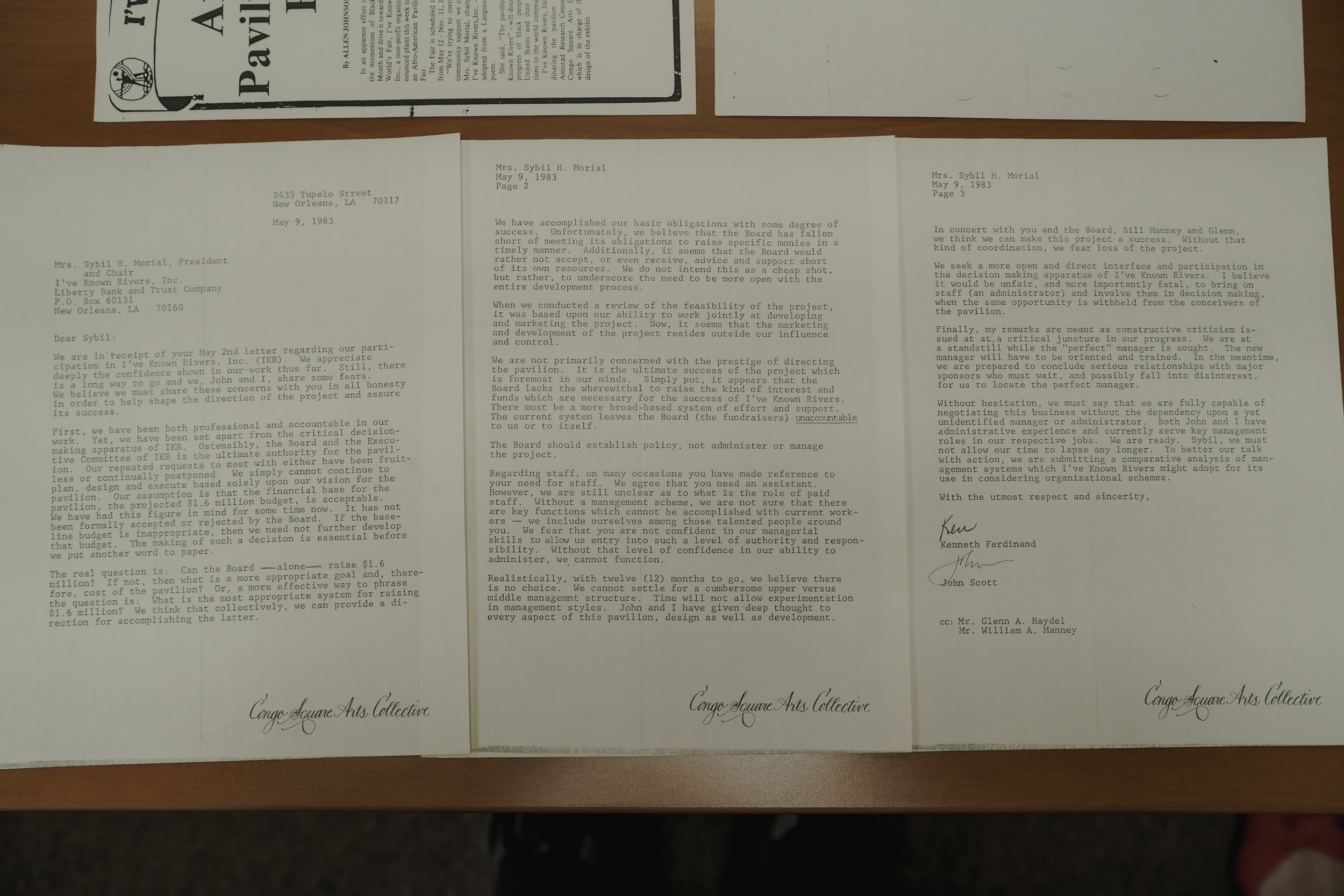



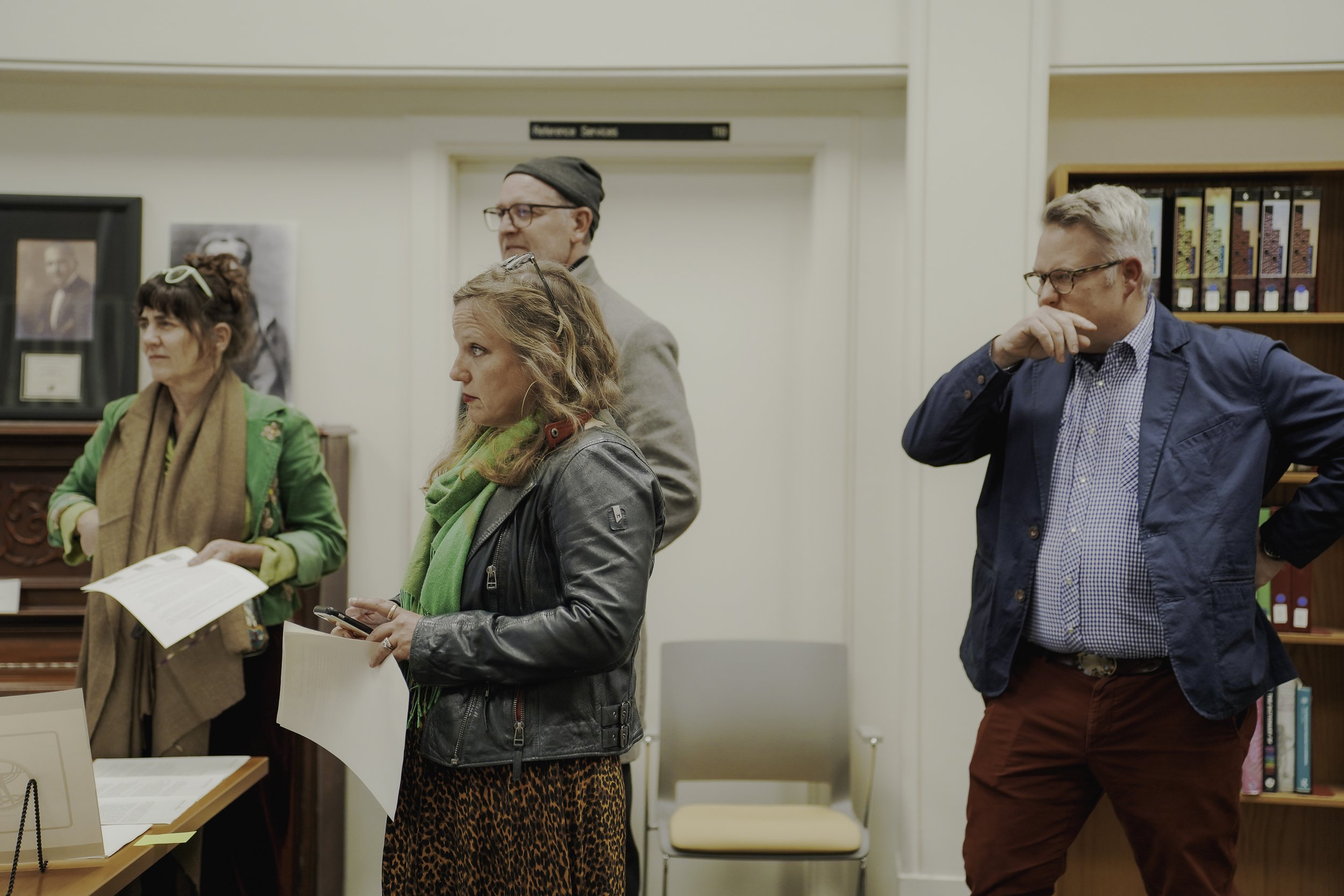

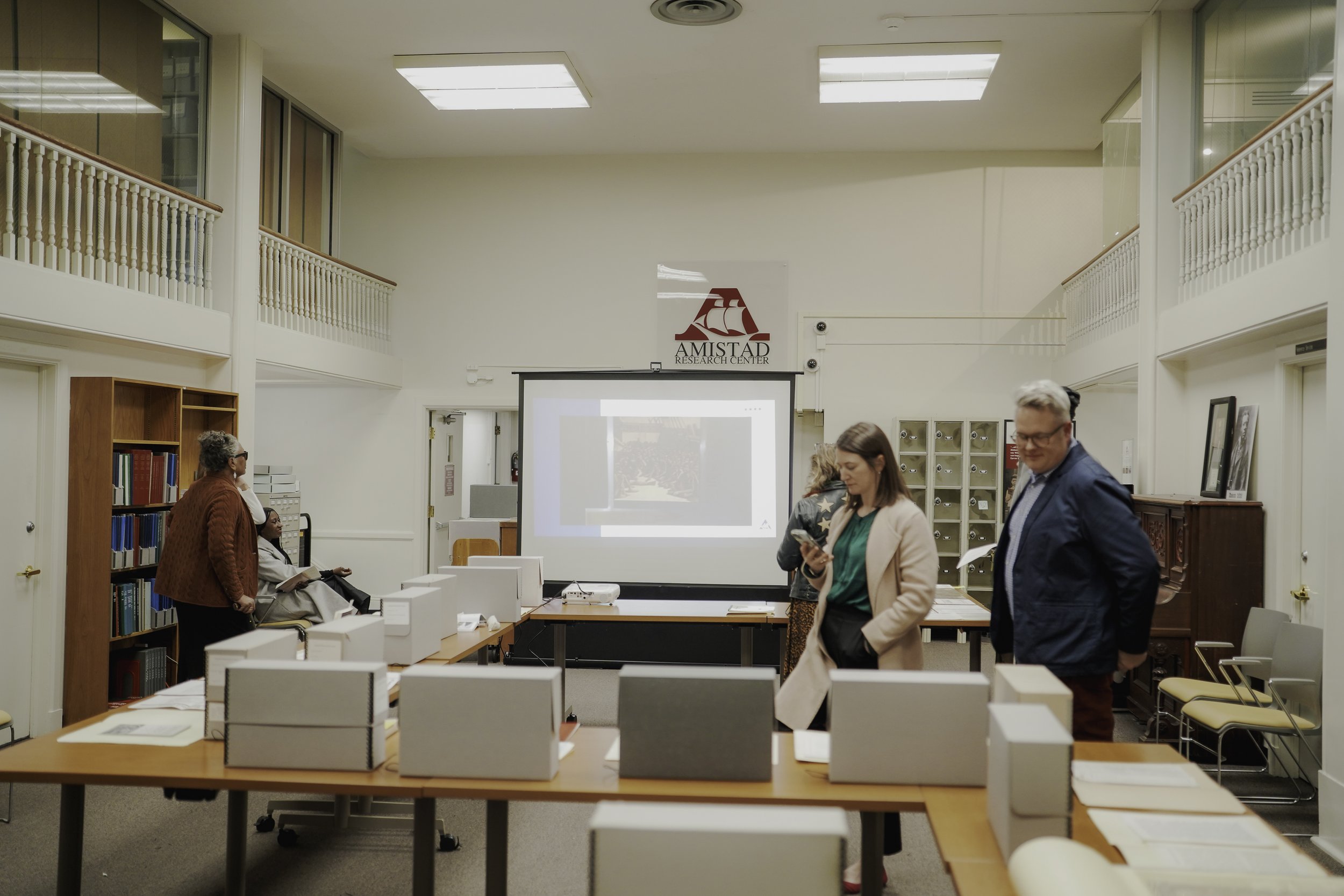






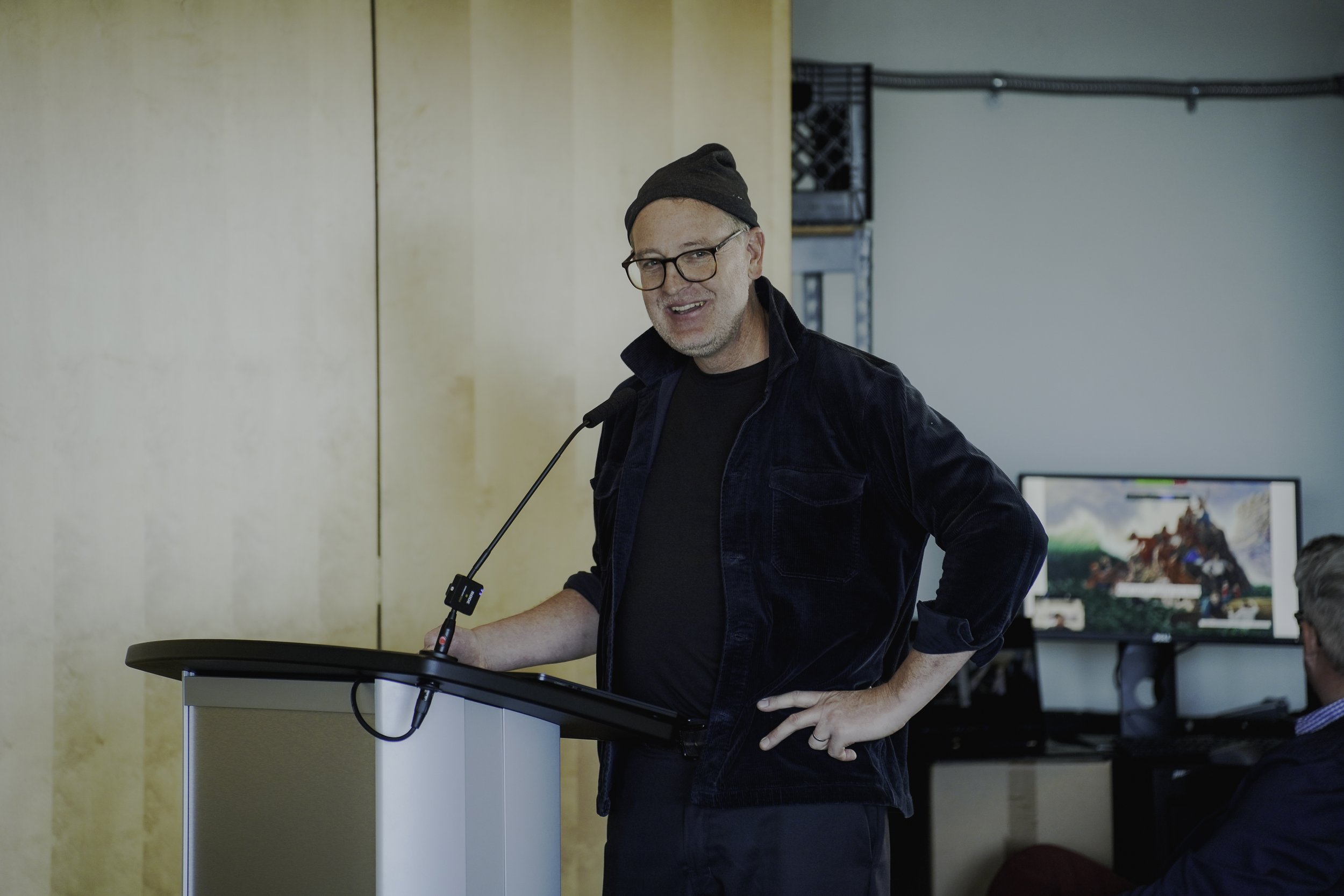




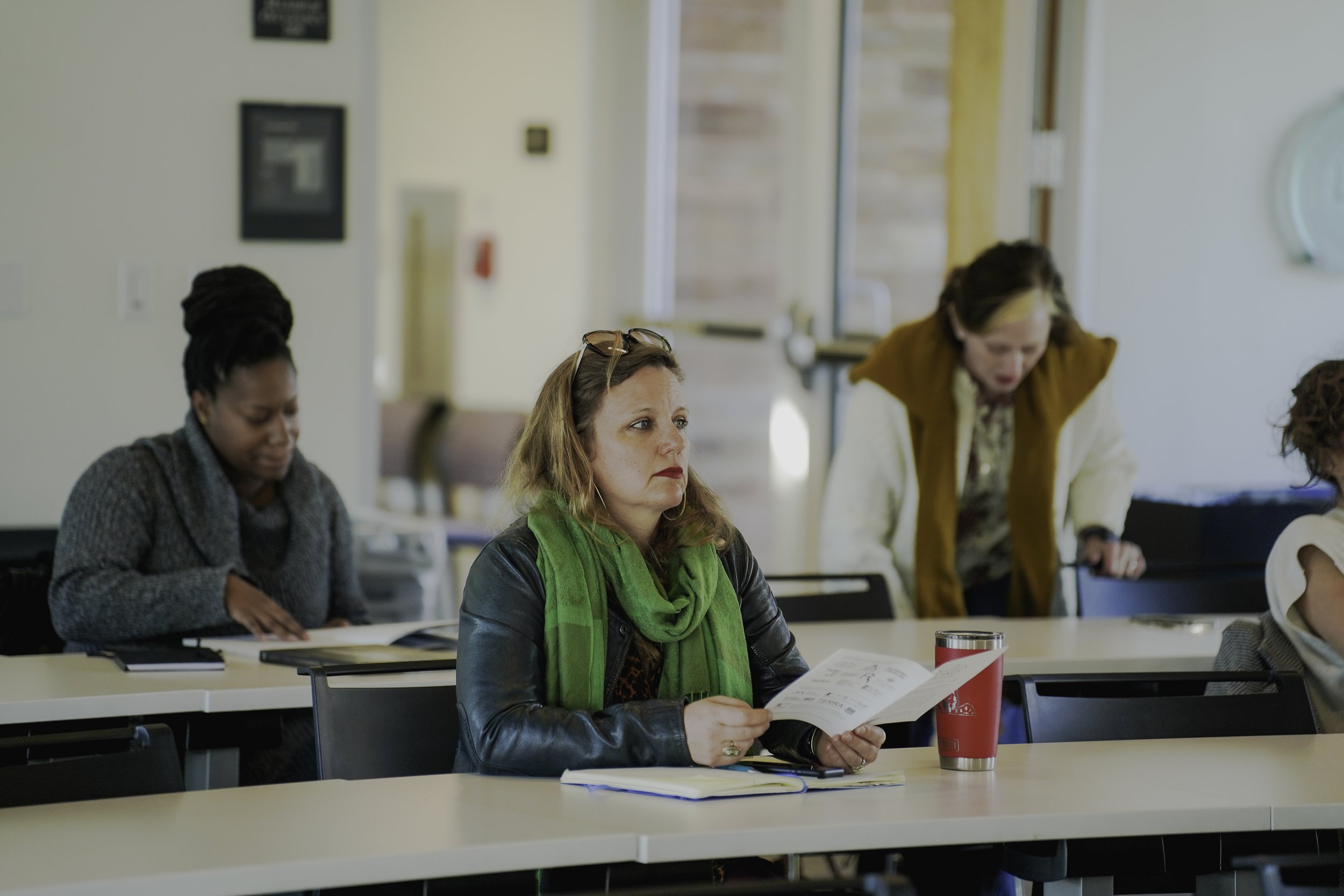









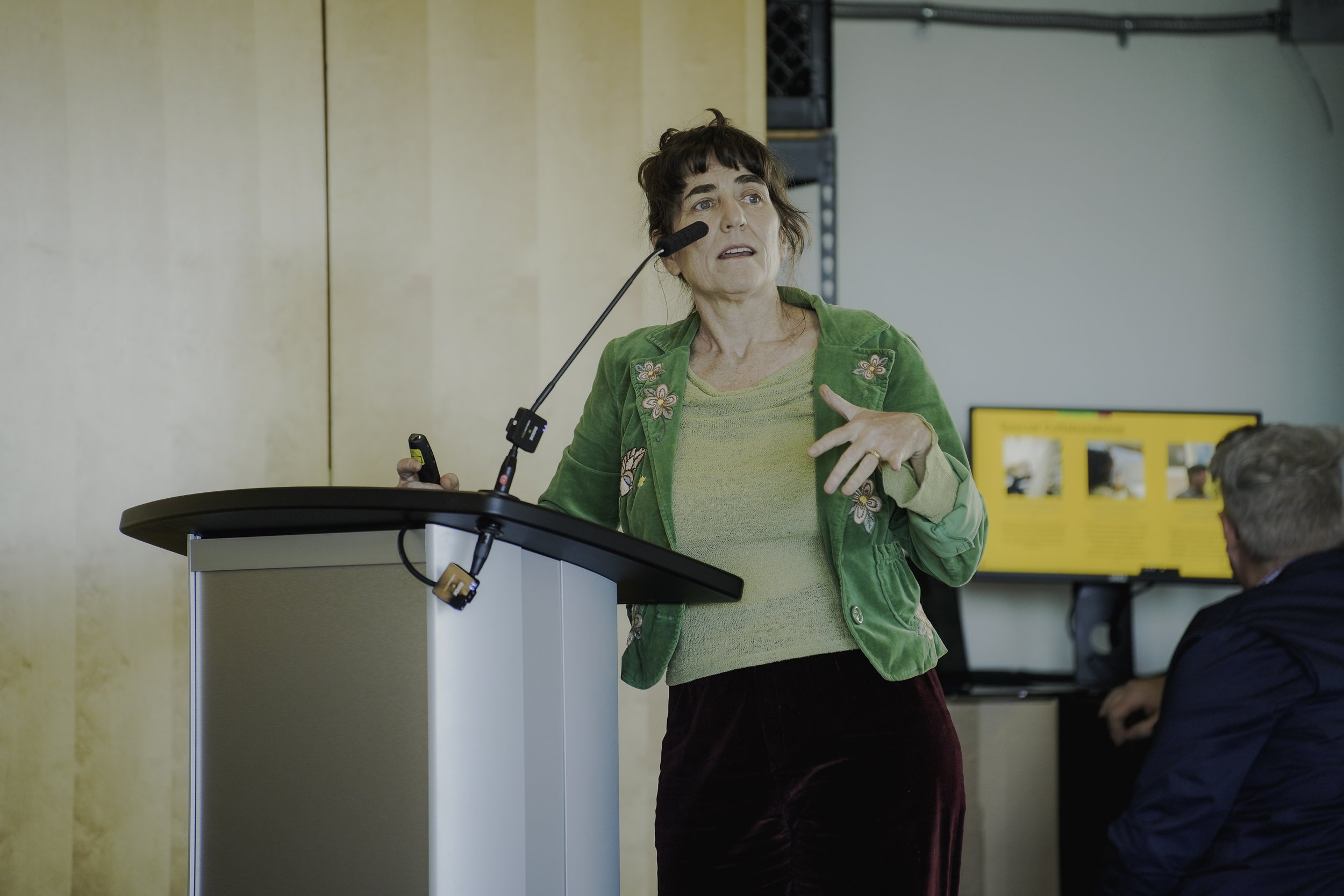
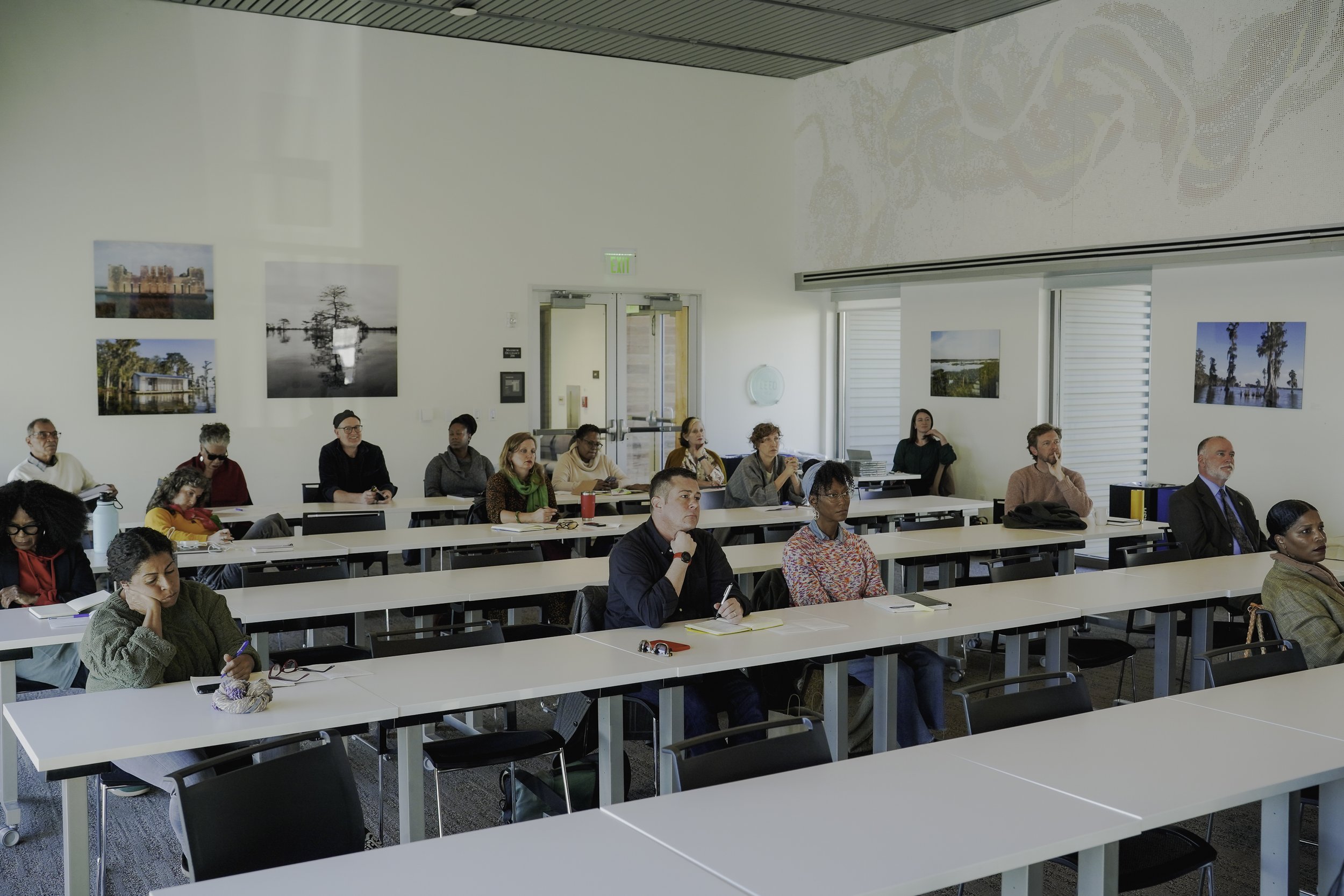

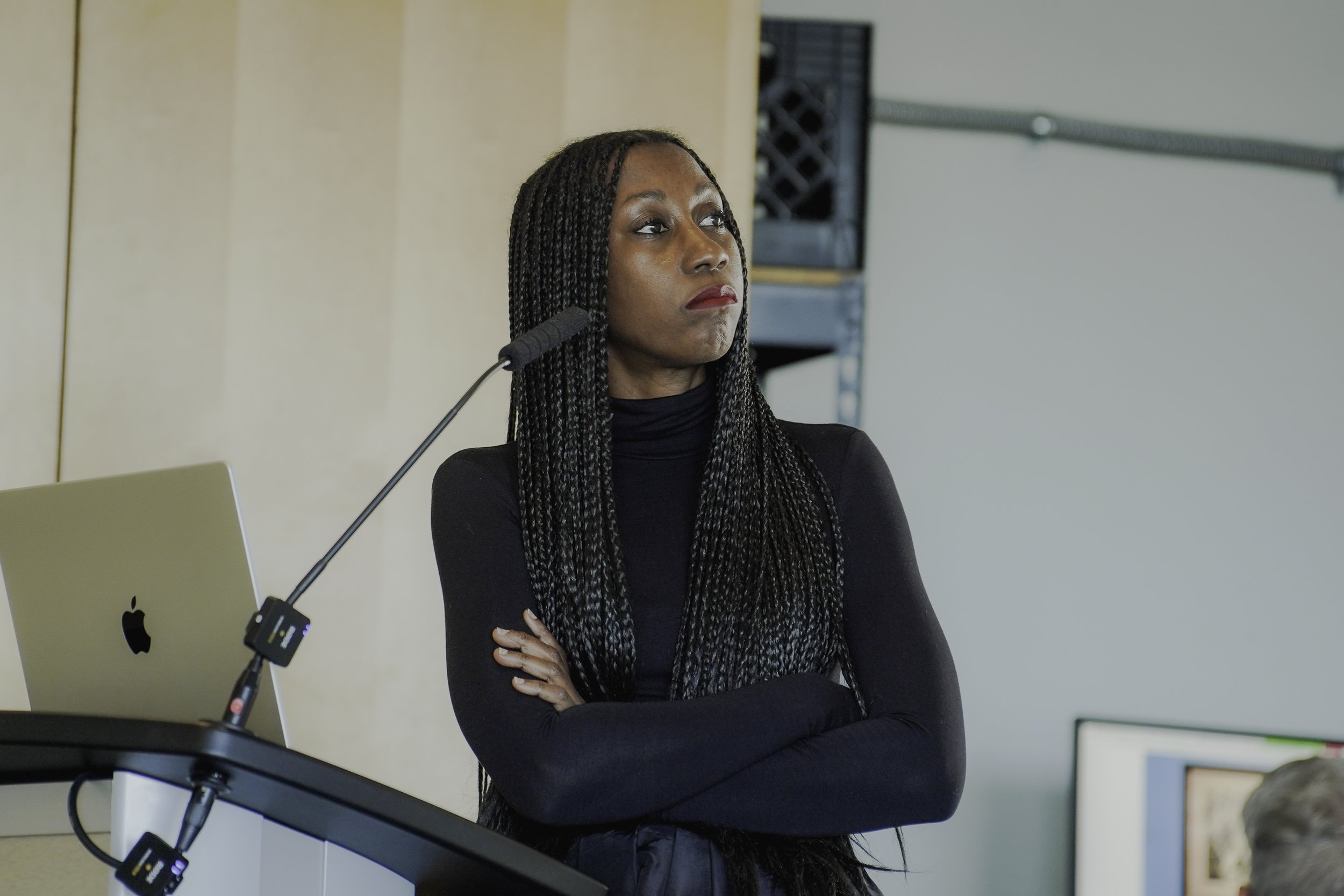

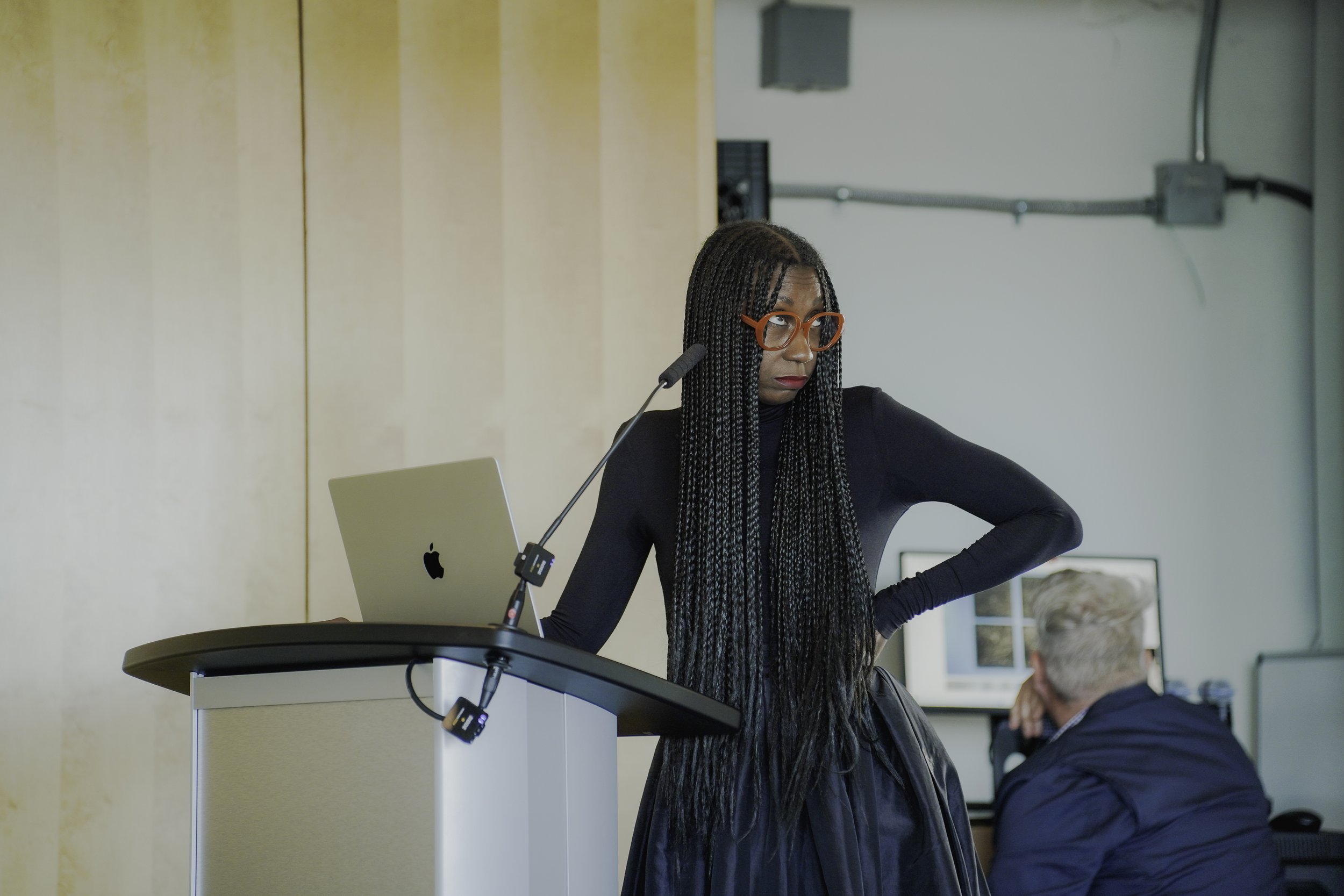




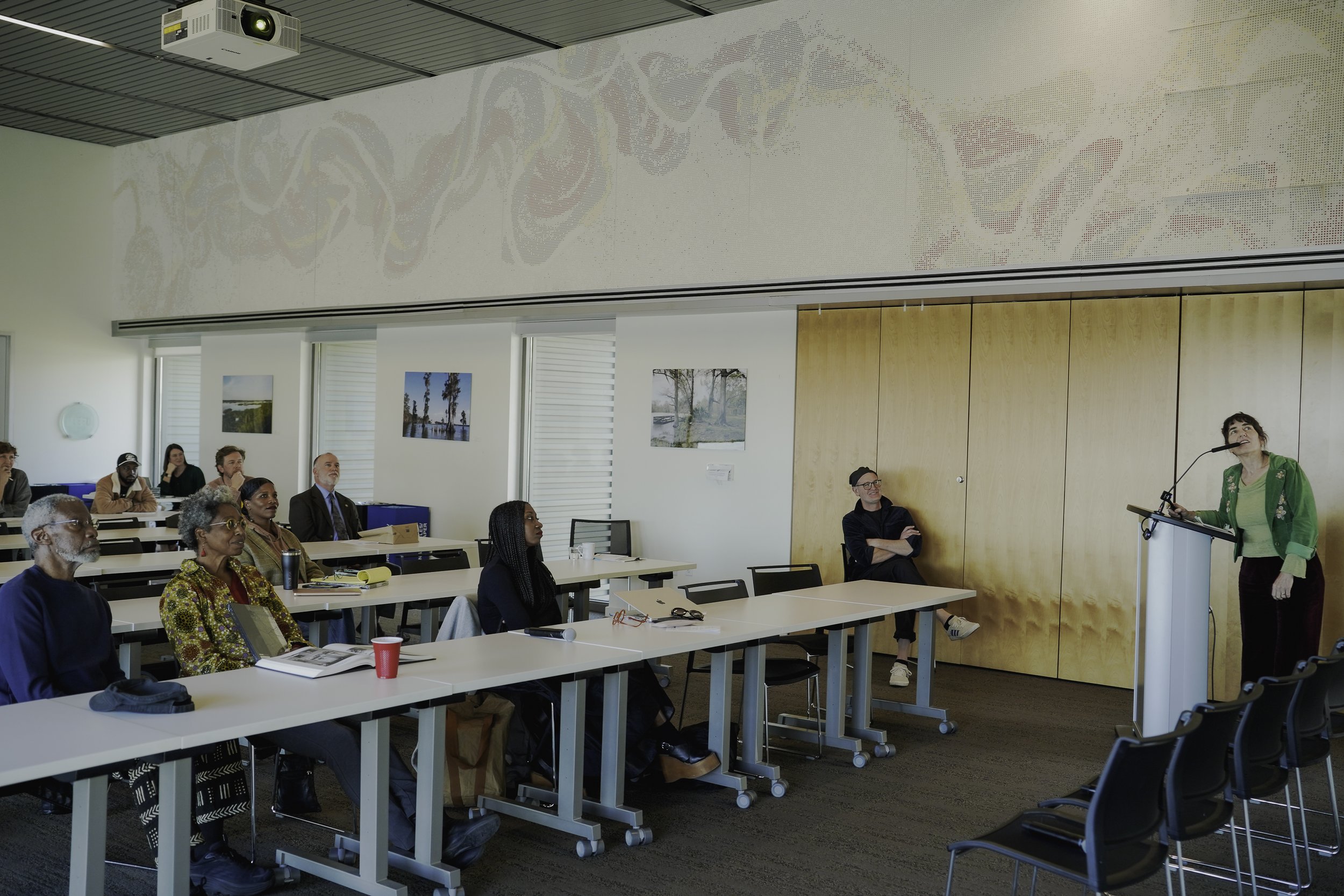
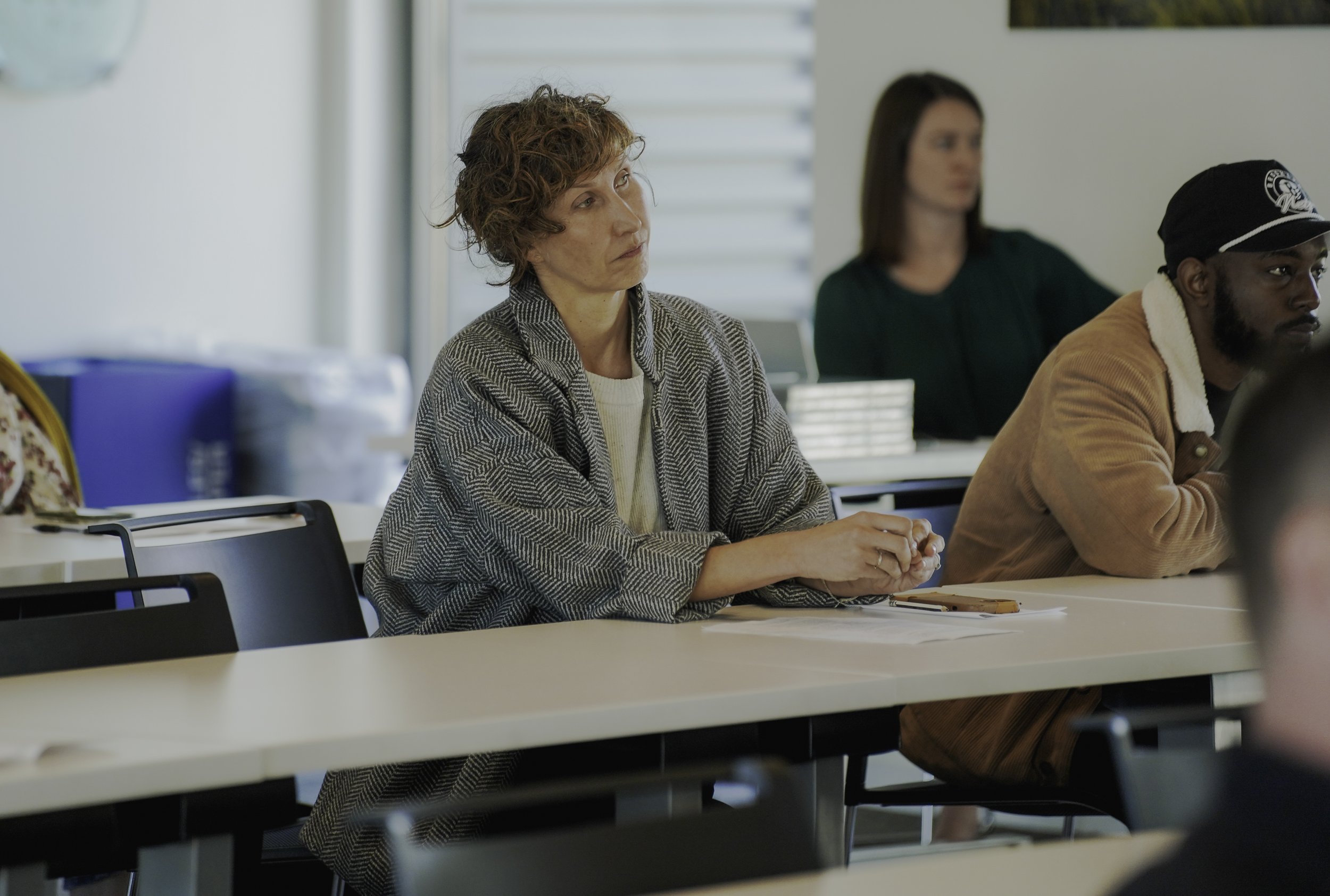

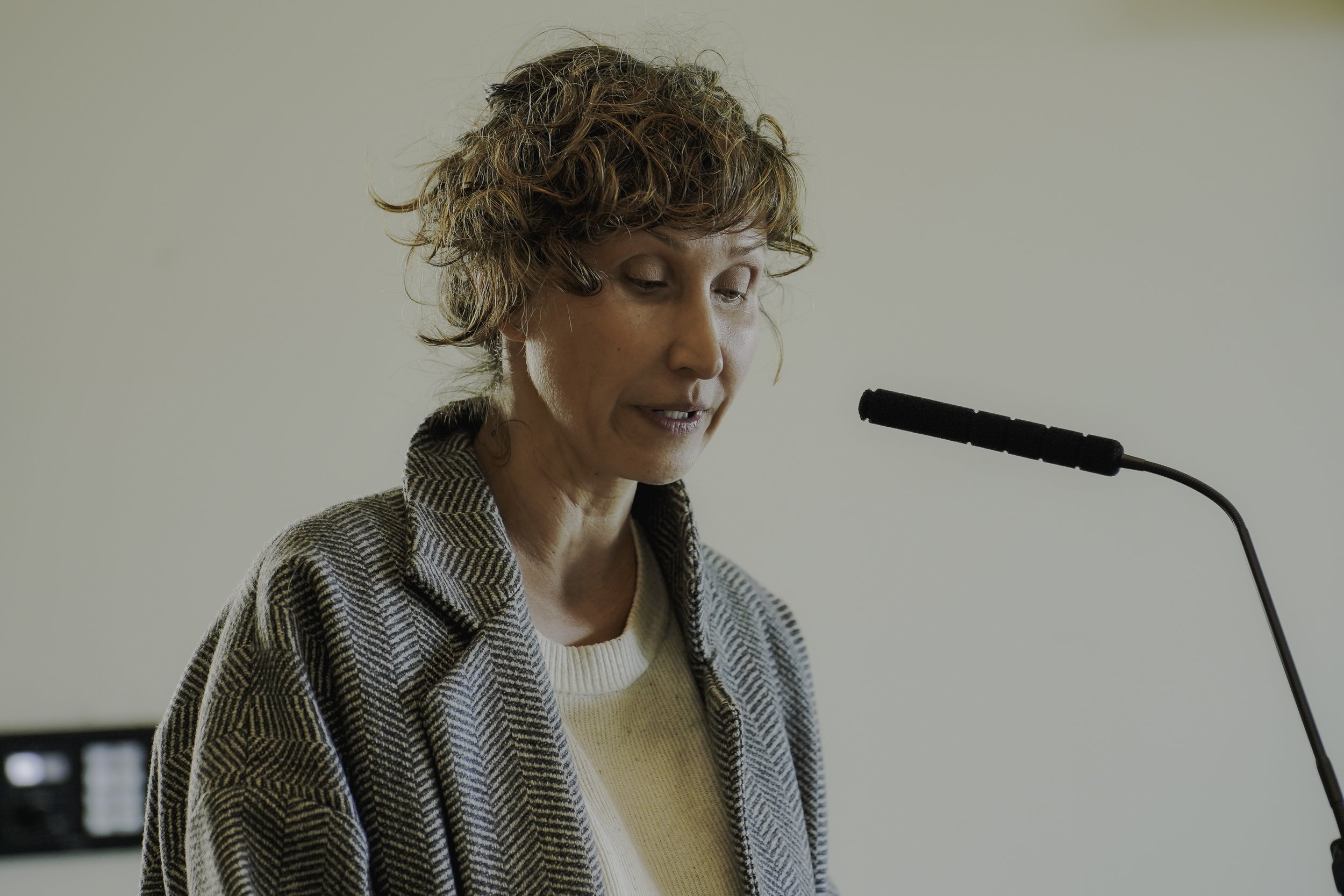
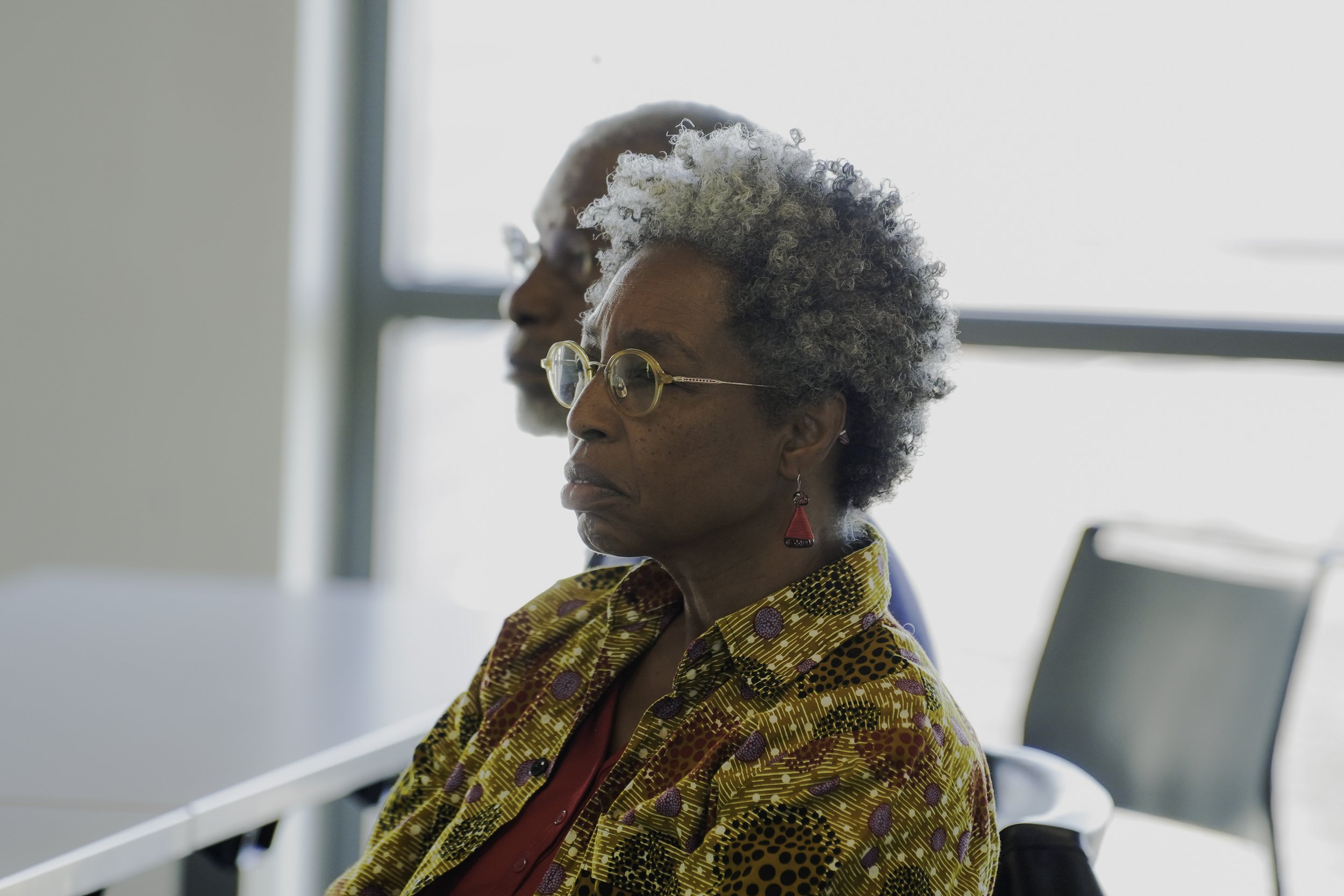
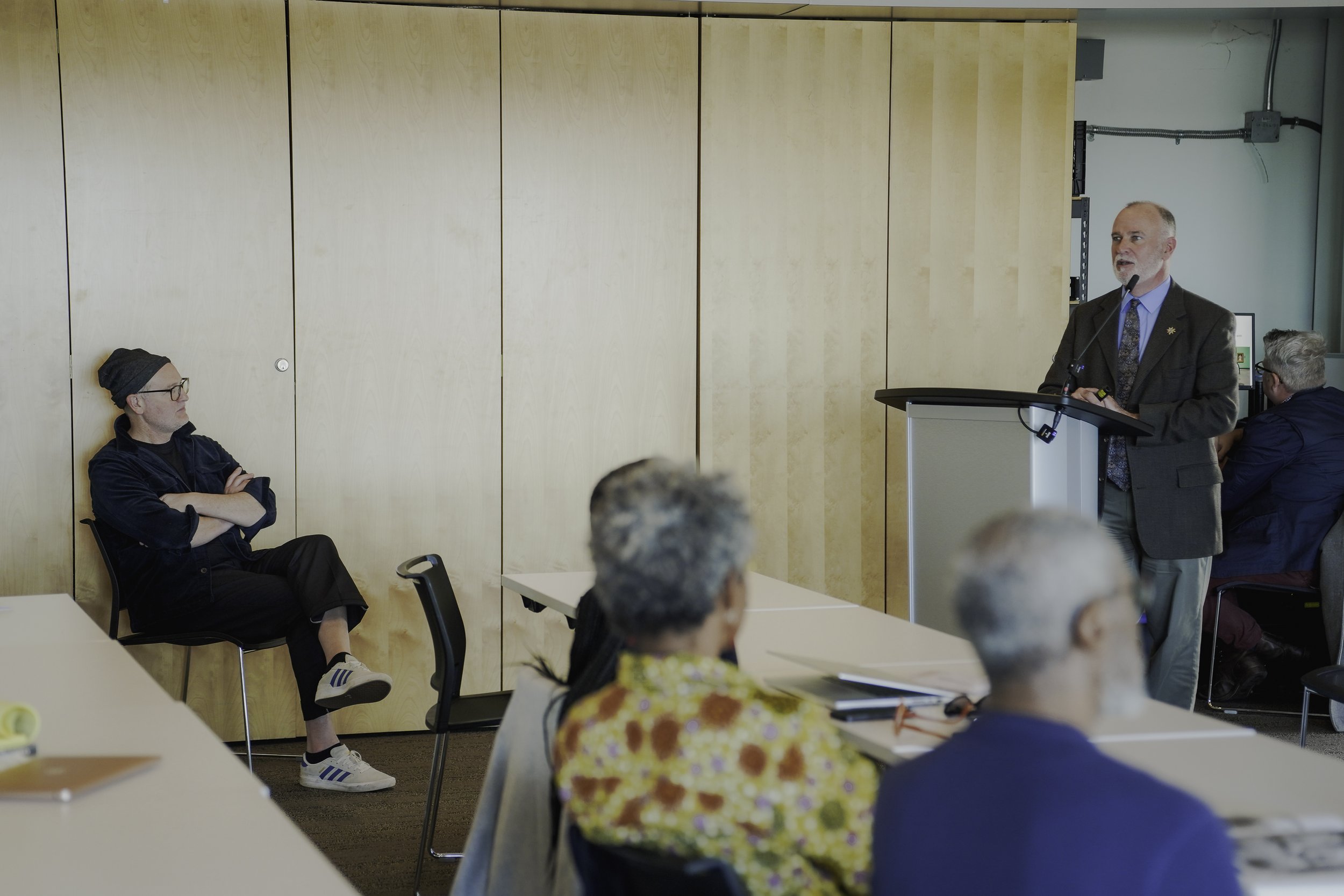
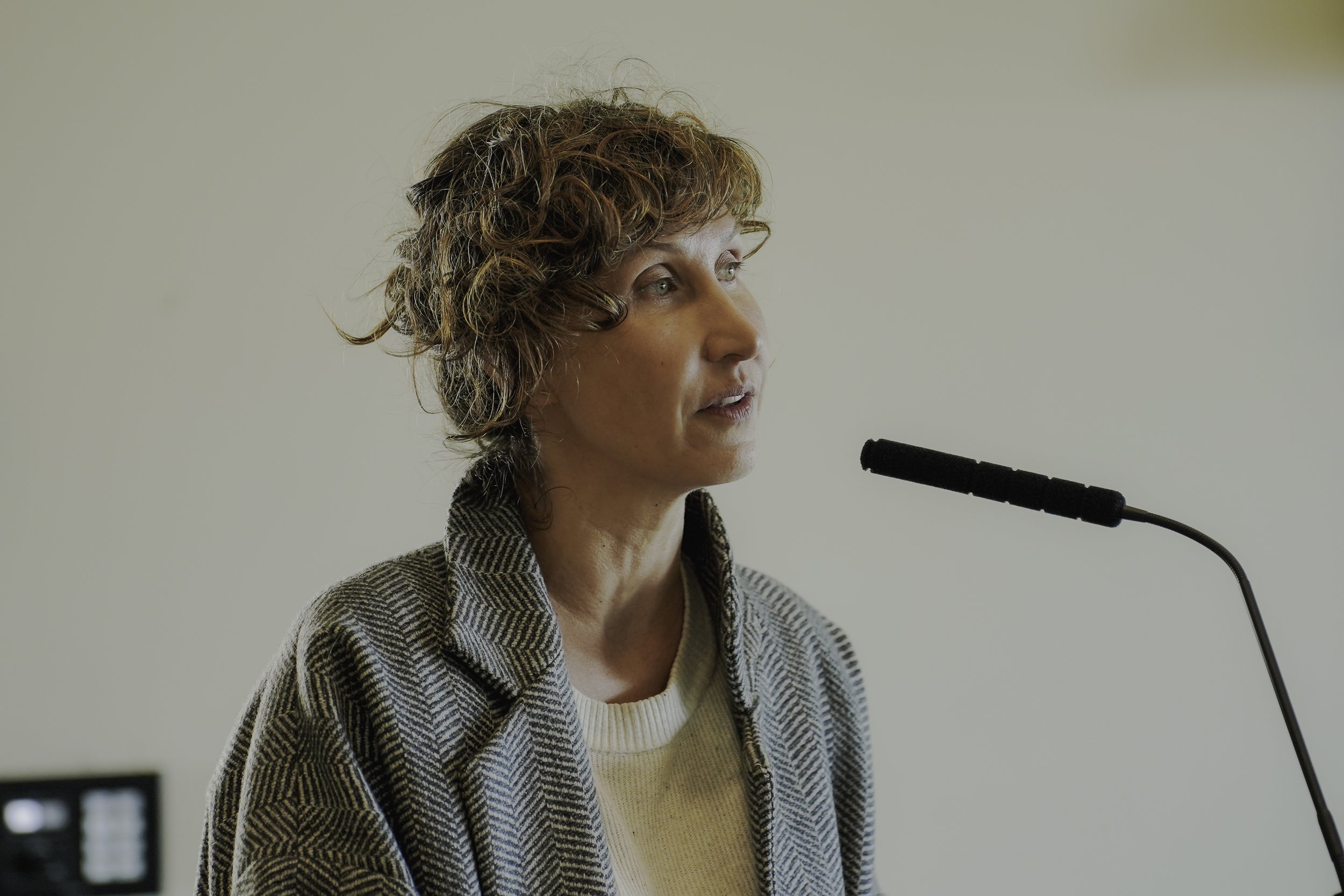
Photos by Fernando Lopez.
About
With additional support from the Terra Foundation for American Art, the Minnesota Marine Art Museum is co-hosting a series of national convenings, bringing together artists, writers, curators, scholars, community organizers, and art professionals at critical waterways in the United States to further discussion, knowledge sharing, and cultivating networks to address new and emerging scholarship, curatorial practices and artistic expression that centers Indigenous and Black voices within the marine art and maritime genre.
Part 1: Onsite and Online Convening
Tulane River and Coastal Center (10a - 1:15p)
10a - 11a: Welcome and Introductions from our convening hosts, ByWaters Institute (Joshua Lewis, Research Associate) and the Minnesota Marine Art Museum, followed by A Nation Takes Place Co-curators, Tia-Simone Gardner and Shana M. griffin on the three main themes of the exhibition, the Ledger, the Deep, and the Wake / the Break.
11a - 12p: Creating partnerships, building networks, and casting a light on projects underway in the region that connect to the themes in the exhibition. Presentations by A Studio In The Woods (Ama Rogan, Executive Director), with conversation facilitated by Shana M. griffin. Including Historic New Orleans Collections (Jason Wiese, Chief Curator) and Rivers Institute (Andrea Andersson, Founding Director and Curator).
12p - 1:15p: Over (catered) lunch - Introduction to A Nation Takes Place artists and their practice, featuring Katrina Andry, Willie Birch, Martin Payton, kai lumumba barrow, and Brenda Marie Osbey.
Part 2: (Optional) Site Visits
Amistad Research Center (2p - 3:30p)
Amistad Research Center, Tilton Memorial Hall, 6823 St Charles Ave, New Orleans, LA 70118
*This part is optional, and is offered in-person only.
2p - 3:30p: Amistad Research Center - Tour the archives of the Amistad Research Center, led by Executive Director Kathe Hambrick. Then, participate in a Displaced New Orleans Tour, led by Shana M. griffin, as we walk to Newcomb Art Museum to view Prospect 6. The Future Is Present, The Harbinger Is Home installation.
Presenting Partners
Support Comes From
The publication of A Nation Takes Place and its accompanying exhibition owe their foundation to the Indigenous Peoples of the Caribbean islands and land masses of South, North, and Central America and enslaved Africans whose lives and ways of knowing were violently disrupted and torn apart in the formation of the Americas.
We acknowledge that the Minnesota Marine Art Museum, like the City of Winona, Minnesota, exists on the unceded ancestral and contemporary homelands of the Dakota, Ho-Chunk, Ioway, Sauk, and Meskwaki people. The intertribal histories of this region, its ancestral lands, and the majestic and powerful stretches of the Hˇ ahˇáwakpa / Wakpá Tháŋka (Mississippi) River are not abstractions of a disappeared past but are a living presence of the future.
While land acknowledgments can serve as sites of disruption, discomfit settler colonialism, and challenge erasure, we are aware that acknowledgments, on their own, are not without their challenges. They are not definitive or a one-time endeavor but an ongoing praxis for recognizing and observing
Indigenous treaty rights, learning exchanges, and alliance-building. We remain profoundly grateful and committed to learning from and supporting tribal communities, artists, activists, and scholars who make this work possible. We specifically thank Shelley Buck, Nicky Buck, Monique Verdin, Kirisitina Sailiata, Fern Renville, Brett Ramey, Cole Taylor, Jasmine Fiddler, Barry Hand, and Marlena Myles for encouraging us to think about the broader implications of this work with feedback, patience, trust, and commitment.
A Nation Takes Place is in conversation with interlocutors at institutions, initiatives, and projects, interrogating and exploring the creative possibilities of marine art beyond portraits of ships at sea. The recent groundbreaking projects Entwined: Freedom, Sovereignty, and the Sea (2024), curated by Akeia de Barros Gomes at Mystic Seaport Museum; Dawoud Bey: Elegy (2023), curated by Valerie Cassel Oliver at the Virginia Museum of Fine Art; In American Waters: The Sea in American Painting (2021), cocurated by Dan Finnamore and Austen Barron Bailly, presented at the Peabody Essex Museum and Crystal Bridges Museum of American Art; as well as Finnamore’s previous project Capturing Poseidon: Photographic Encounters with the Sea (1998) are a few examples of this reimaging. Artists have dedicated monographs to such ideas—including Allan Sekula’s Fish Story (2003) and Nona Faustine’s White Shoes (2021). We are honored to be in community with these projects and artists and are sincerely inspired by their innovative approaches.
There is a monumental genealogy of writing on relationships between the Atlantic Ocean and land, without which we could not have composed this project. We are profoundly thankful to have some of these voices in this volume. Thank you to Alexis Pauline Gumbs, Jessica Marie Johnson, Tiffany Lethabo King, Katherine McKittrick, Brenda Marie Osbey, and Erin Sharkey for saying yes and lending your ideas to shape this work; and to Matthew Fluharty, Scott Pollock, and Mai’a Williams for being in conversation on the timing, location, presentation, and thematic focus of A Nation Takes Place.
We appreciate the generosity, scholarship, activism, and curatorial approaches of Jessamine Batario (Colby College Museum of Art), Dan Finnamore and George Schwartz (Peabody Essex Museum), Kyera Singleton (the Royal House & Slave Quarters), Naomi Slipp, Melanie Correia, and Amanda McMullen (New Bedford Whaling Museum), Victoria Johnson and Peter Fay (Newport Middle Passage Memorial Project), Akeia de Barros Gomes and Christina Brophy (Mystic Seaport Museum), and the docents at the Mark Twain House & Museum and the Harriet Beecher Stowe Center homes, who walked us through galleries and historical sites, fed us, and held their time open to us as this project developed.
A Nation Takes Place is deeply grateful for the collective effort and unwav- ering support of directors, gallerists, curators, and archivists of institutions, collections, galleries, and museums. Your support in filling inquiries, holding meetings, approving loan and licensing requests, and to the artists who permitted us to include their work in the exhibition and catalog has been invaluable. We would like to expressly thank the Amistad Research Center, the Ancestors Project, the Bockley Gallery, the Brooklyn Museum, the Cristin Tierney Gallery, Crystal Bridges Museum of American Art, Denver Art Museum, the Historic New Orleans Collection, Galerie Myrtis, the Horseman Foundation, Jack Shainman Gallery, Lehmann Maupin Gallery, the Library of Congress, Pace Gallery, Sean Kelly Gallery, Stephen Friedman Gallery, the Metropolitan Museum of Art, the United States Naval Academy Museum, the Walker Art Center, and the collections of John Campbell and Colette Hyman.
Collaborations significantly deepened and transformed the scope and scale of this project, moving it beyond the walls of the museum and the pages of this publication. We are immensely grateful to the University of Minnesota Press for their patience, guidance, and feedback. We want to acknowledge historian JoJo Bell, who developed an interpretive framework in the early stages of the exhibition, which continued to guide its trajectory; photographer and curator Jaysen Hohlen for their invaluable assistance in working with archival materials; designer Matthew Rezac, who worked with us in creating the visual aesthetic and design of a publication we could be proud of; and a team of copy editors—Anitra Budd and Terri Simon, working independently but with care and integrity for clarity, depth, and coherence. Thank you.
The Minnesota Marine Art Museum was pivotal in making this project a reality. We sincerely thank executive director Scott Pollock for his unwav ering commitment, curatorial assistance, support of our vision, and flexibility of engagement as the project evolved and shifted over the past two years. We also wish to thank Dave Casey, director of engagement; Heather Casper, curator of learning and community impact; and Jon Swanson, curator of collections and exhibitions. Their patience and care in communicating with artists and lending institutions, tending to the needs of the exhibition, and developing public programming helped the project materialize. Together, the team helped shape the creation of a major national exhibition and monumental publication while helping to secure critically important funding for this undertaking.
Finally, we sincerely thank the Mellon Foundation, the Andy Warhol Foundation for the Visual Arts, the Terra Foundation for American Art, the Union Pacific Foundation, and the National Endowment for the Arts for their support and investment in this project.
- Tia Simone-Garder and Shana M. griffin
This activity is made possible by the voters of Minnesota through a Minnesota State Arts Board Operating Support grant, thanks to a legislative appropriation from the arts & cultural heritage fund.
